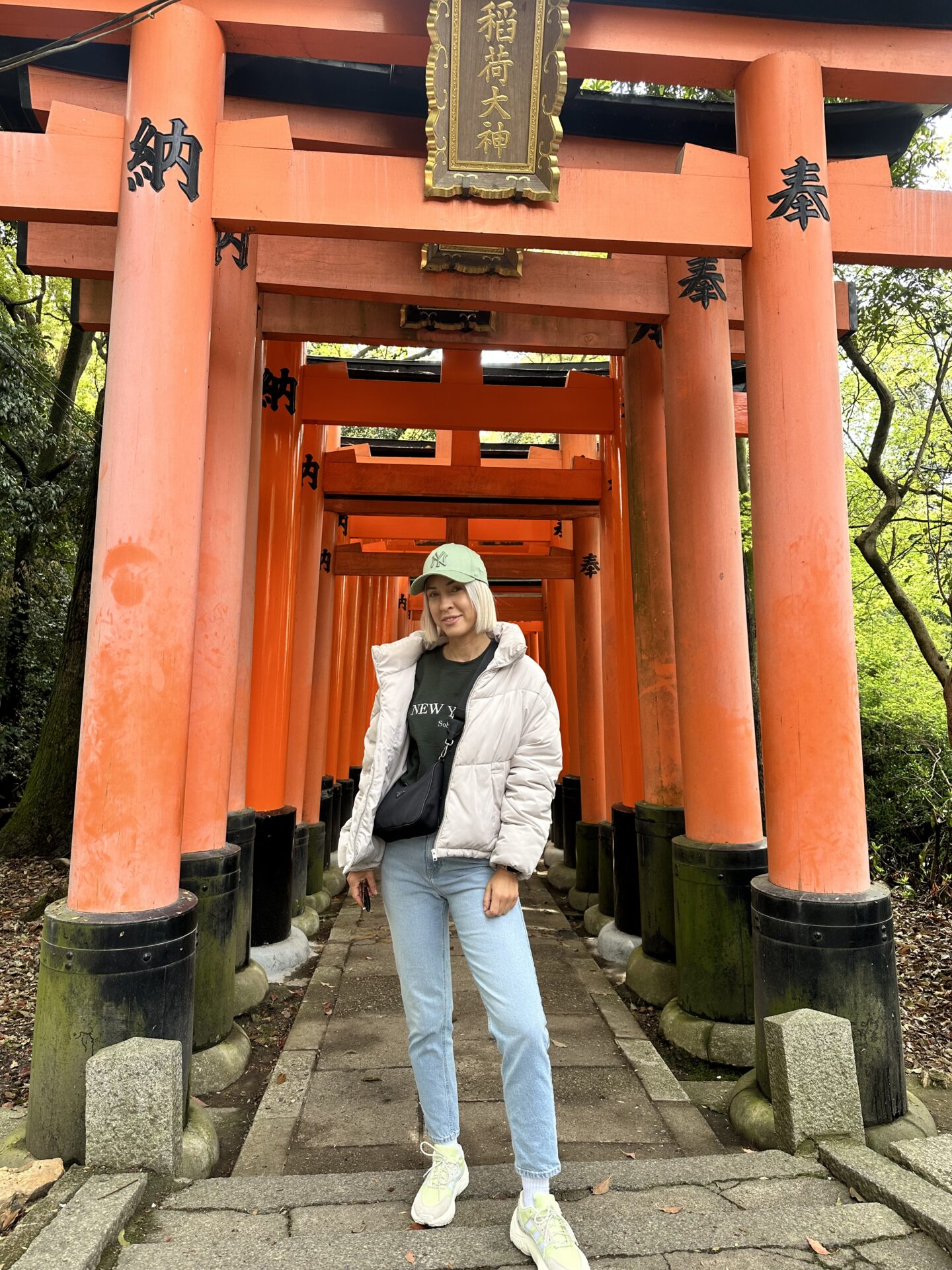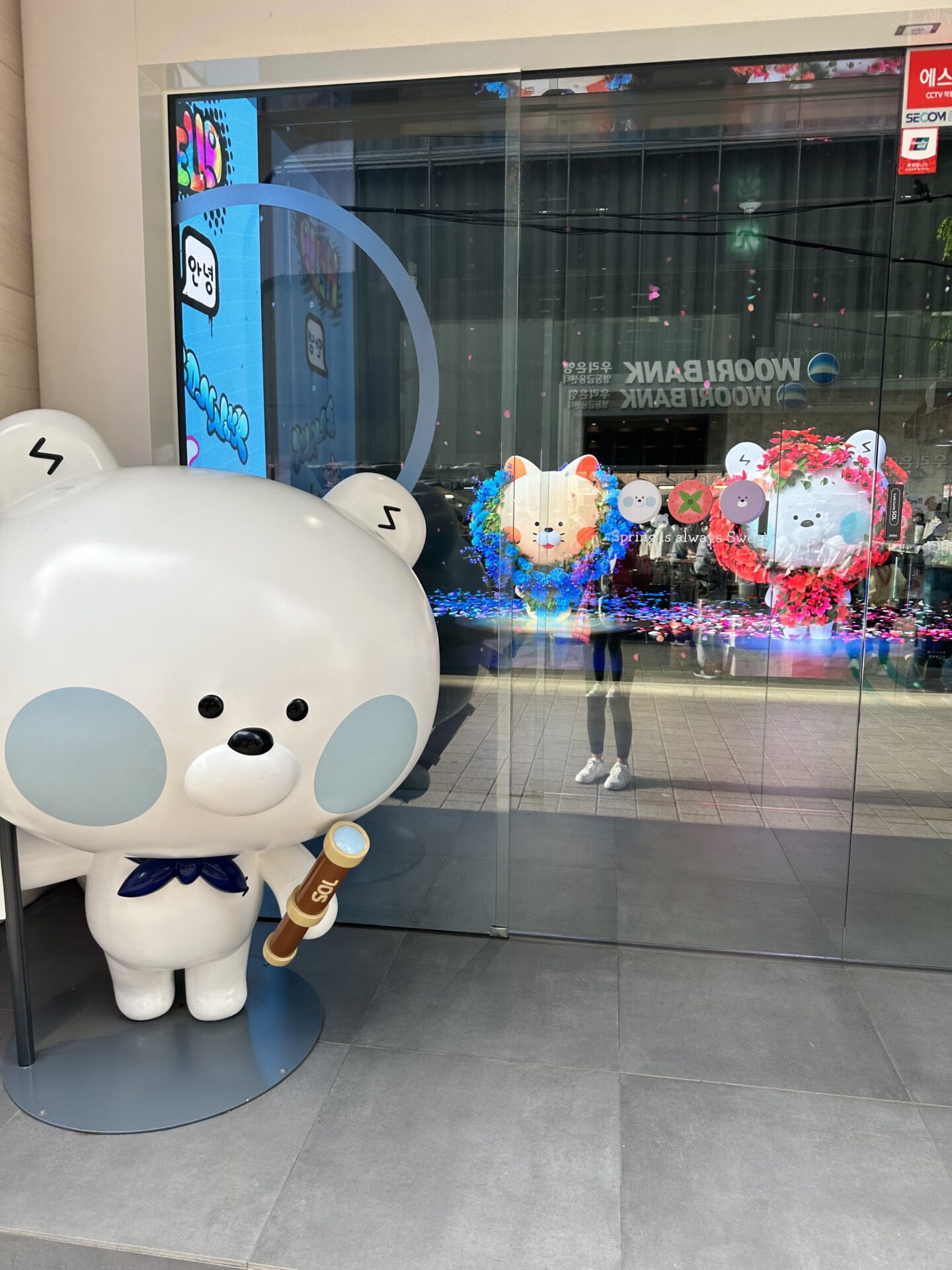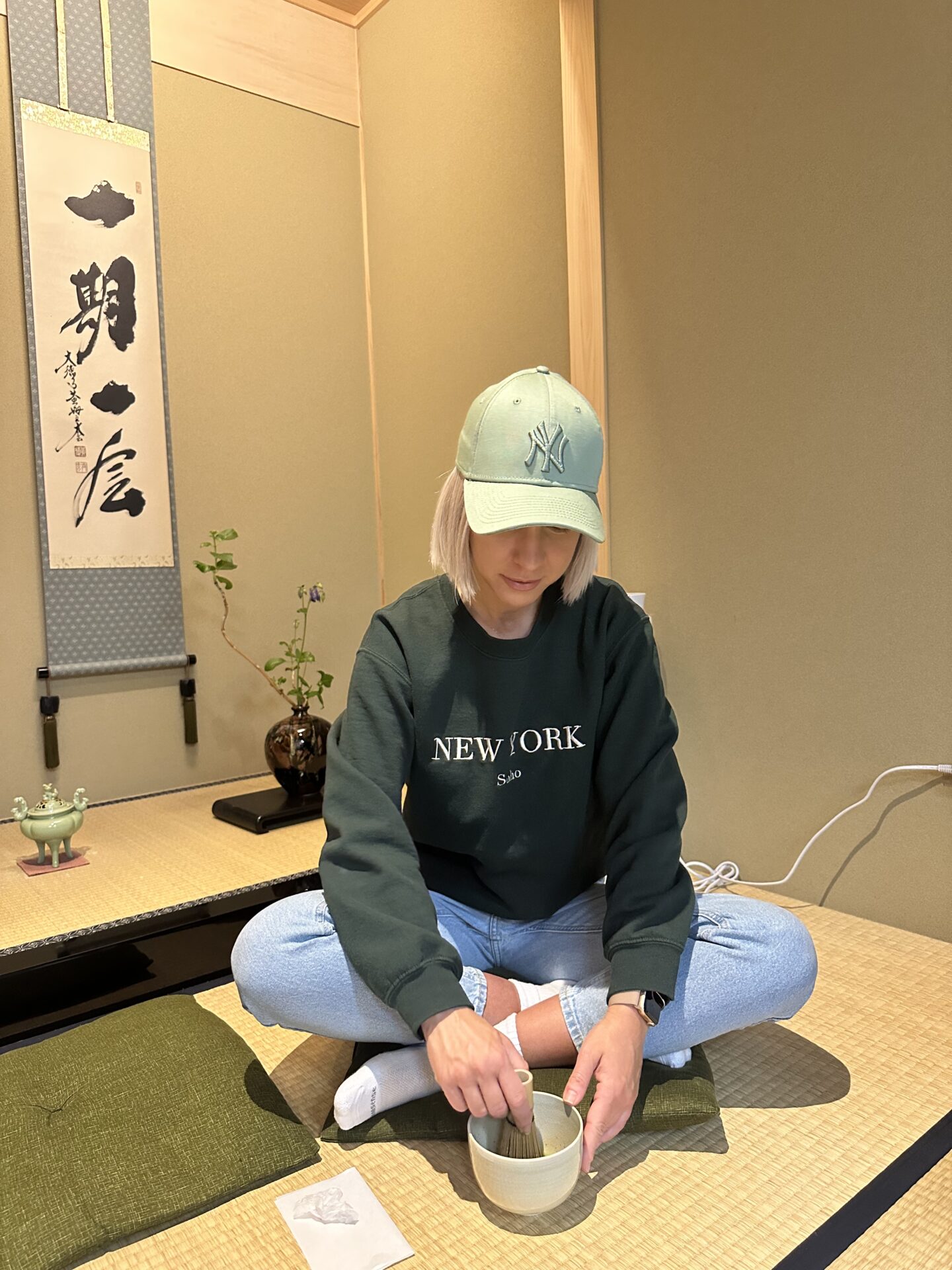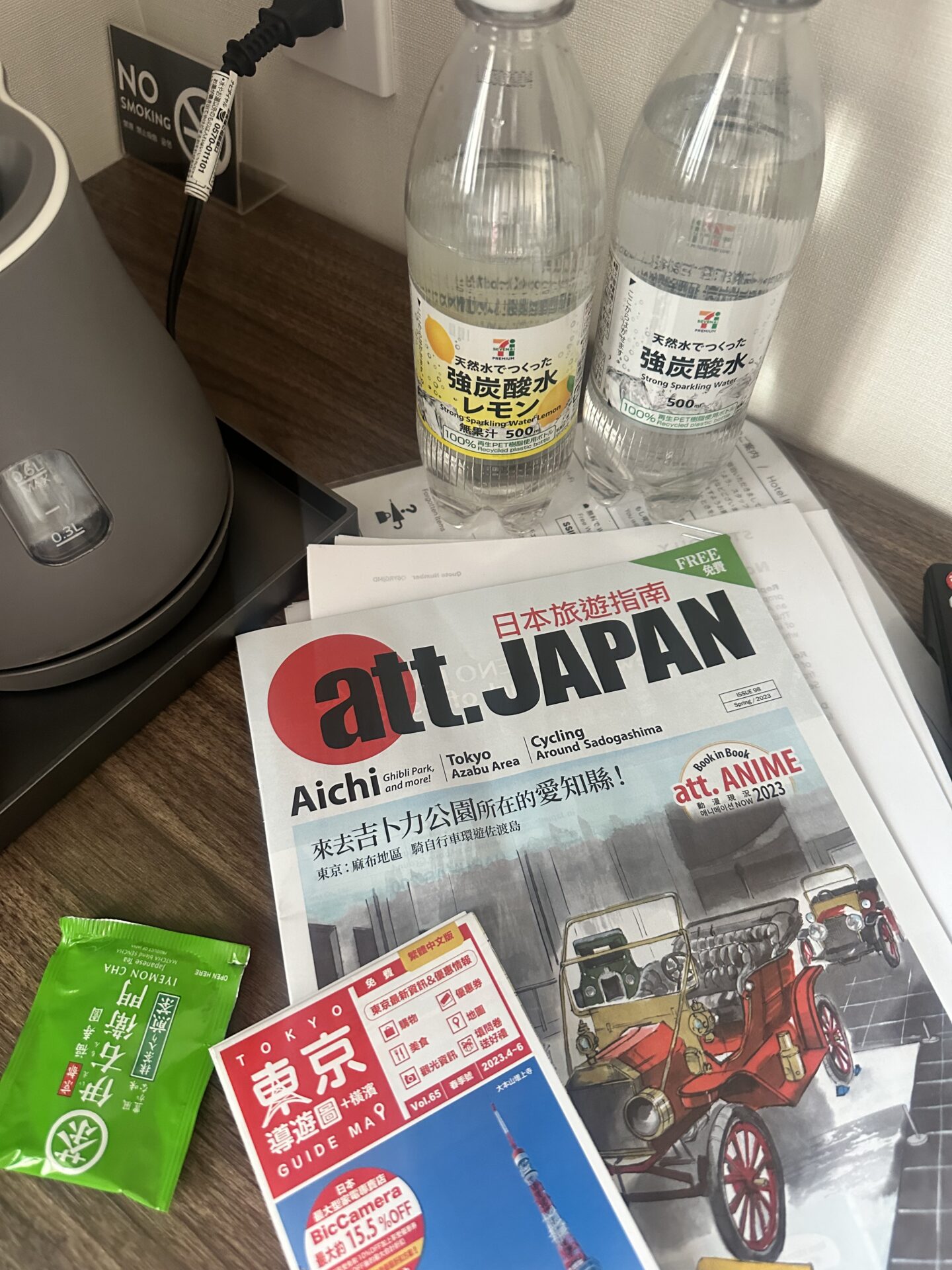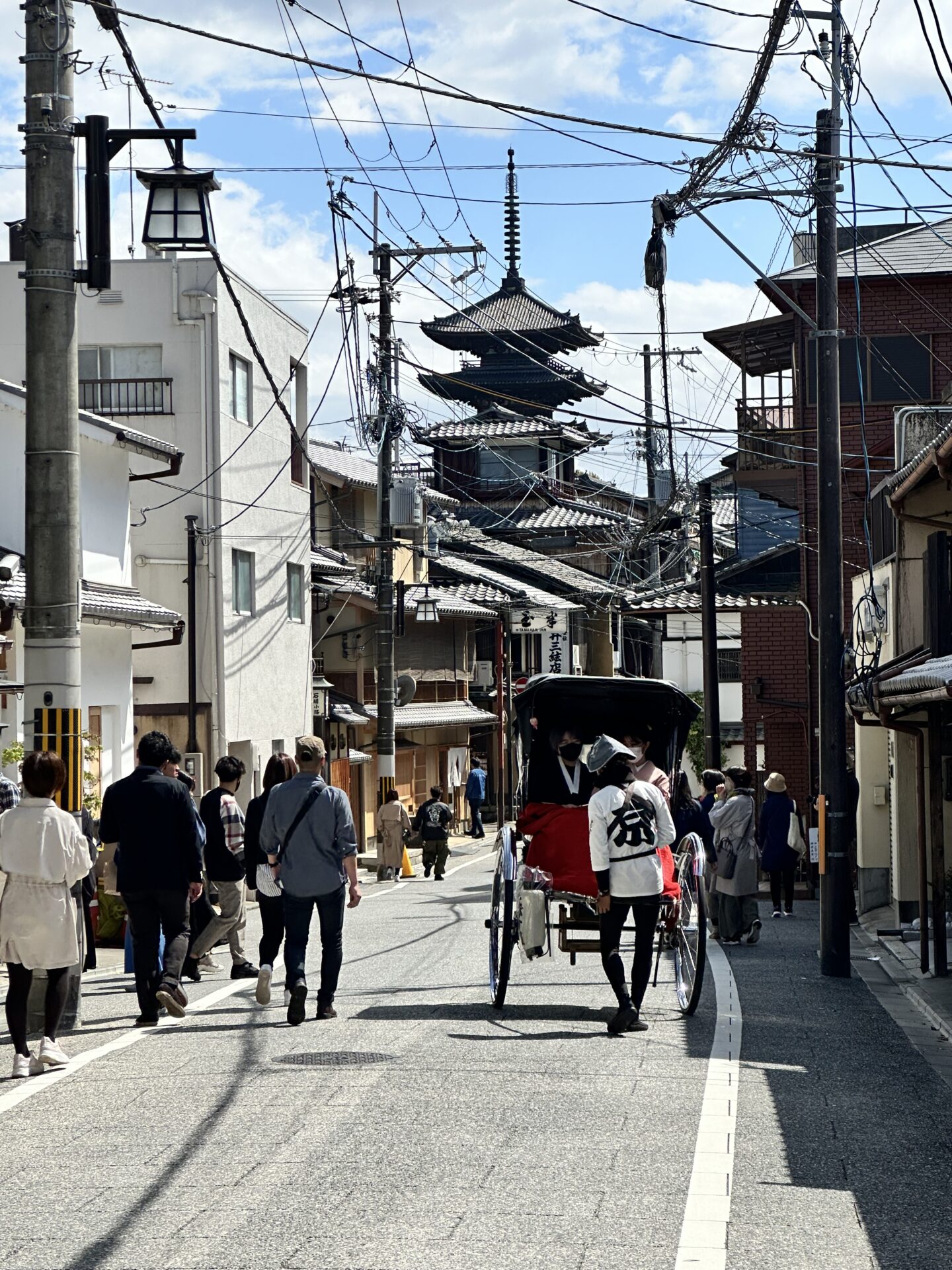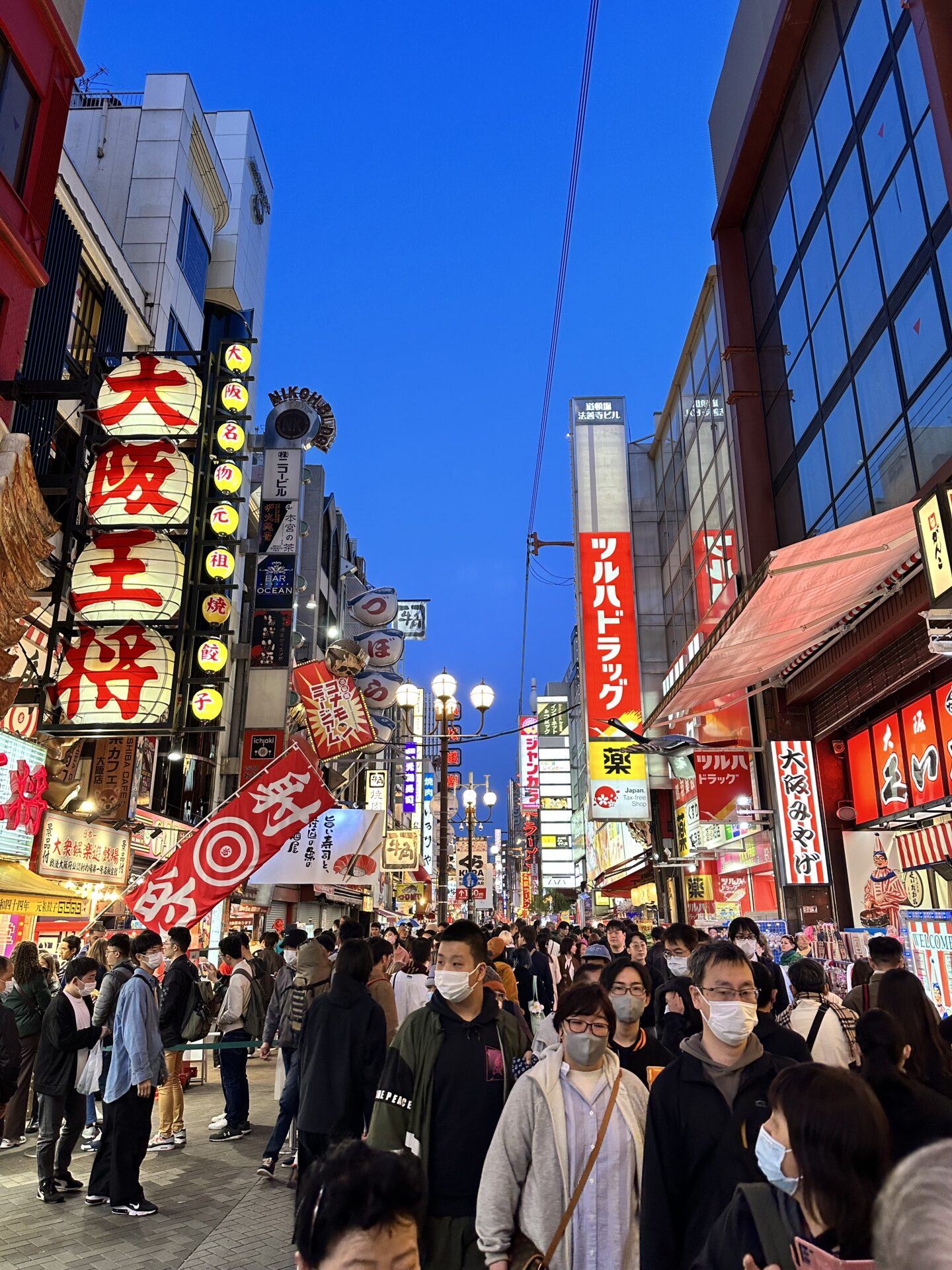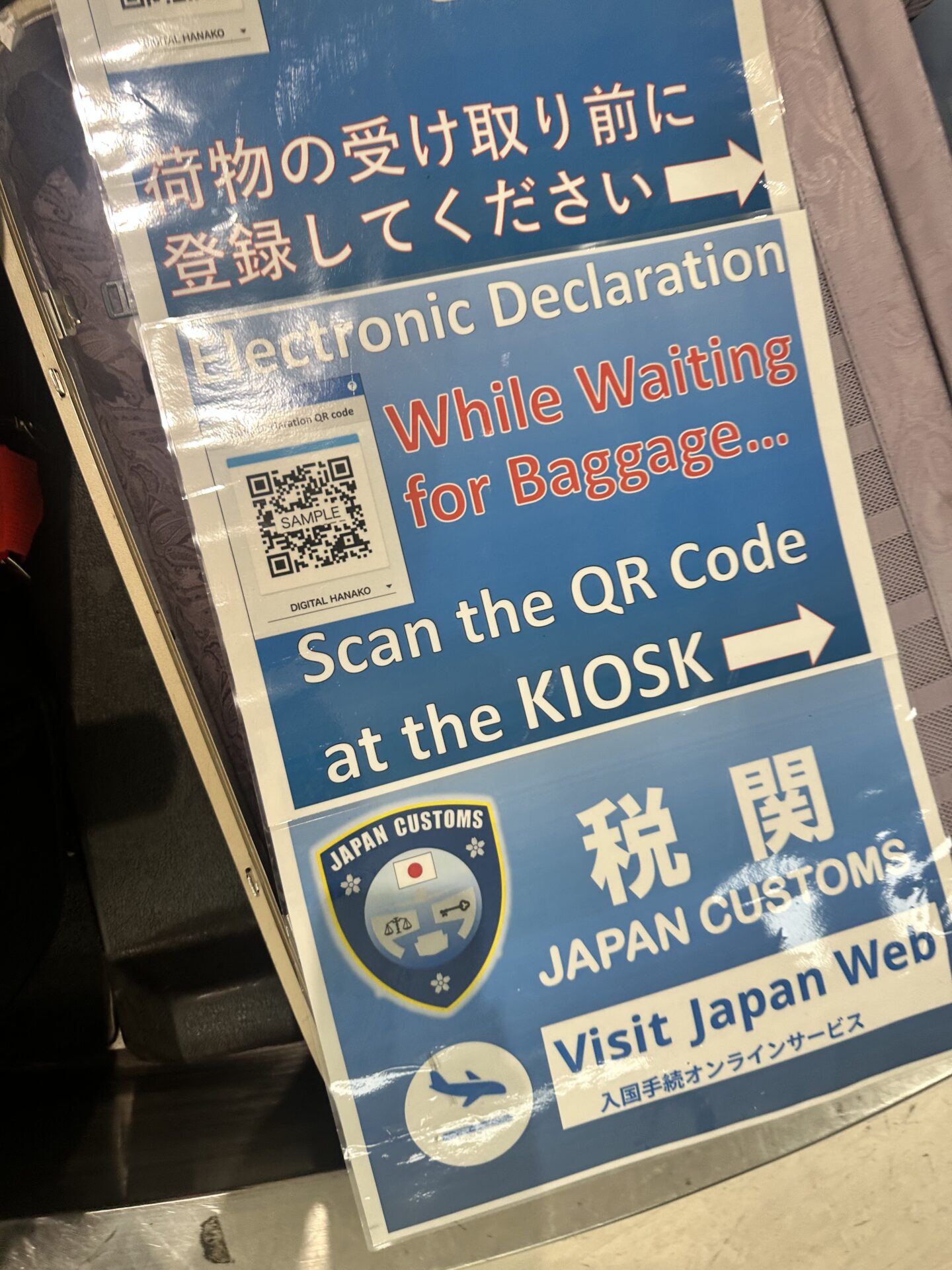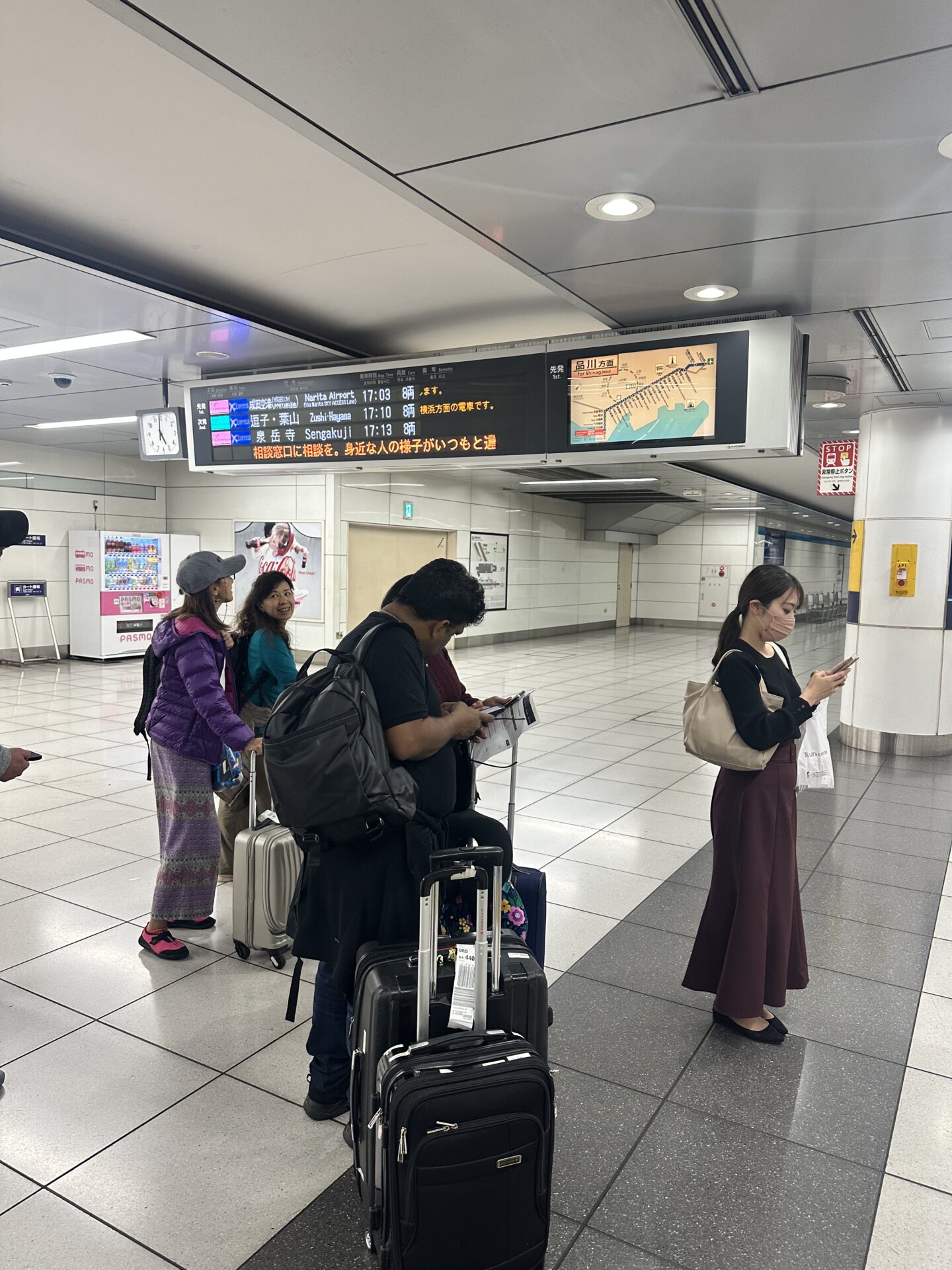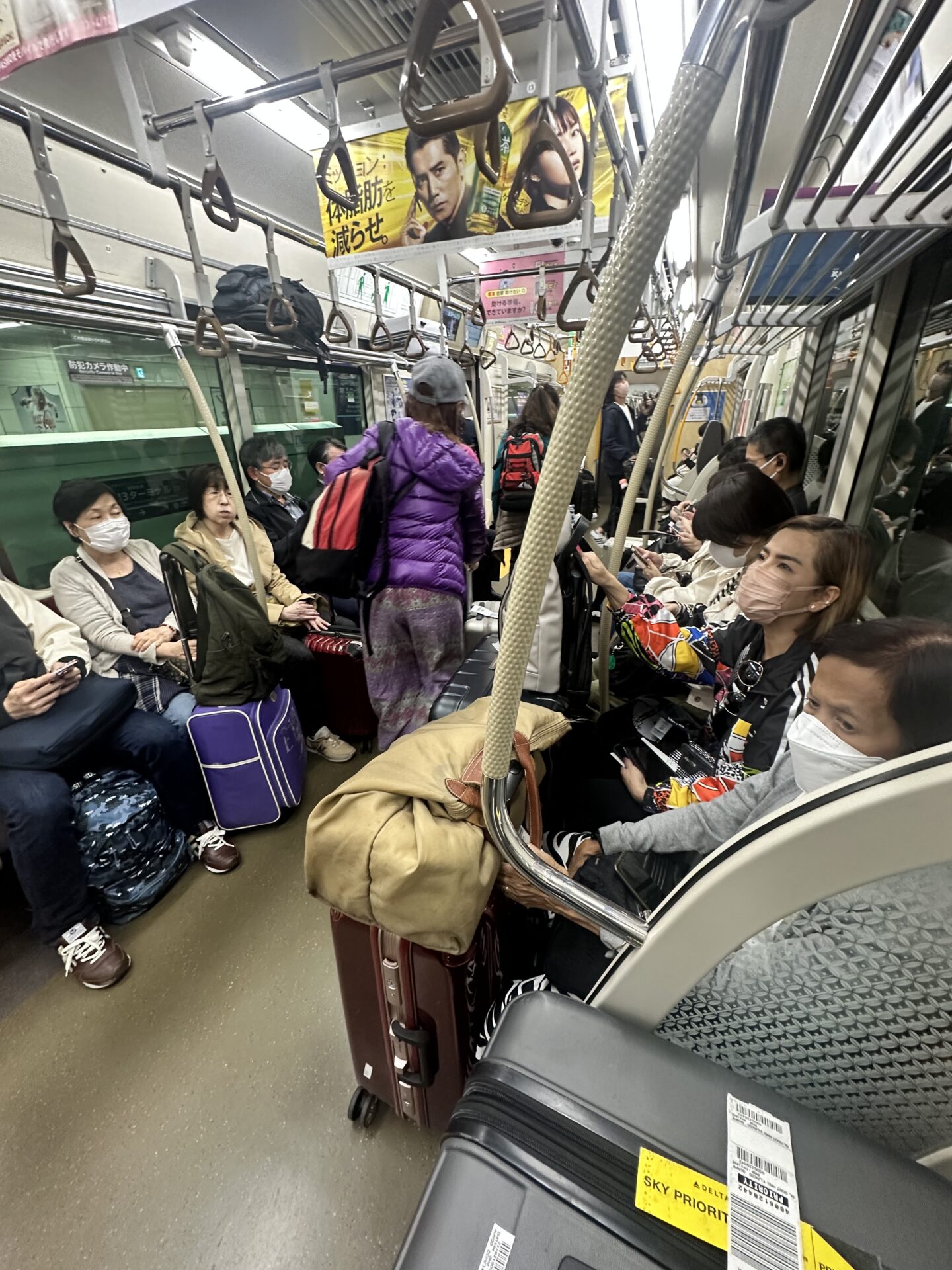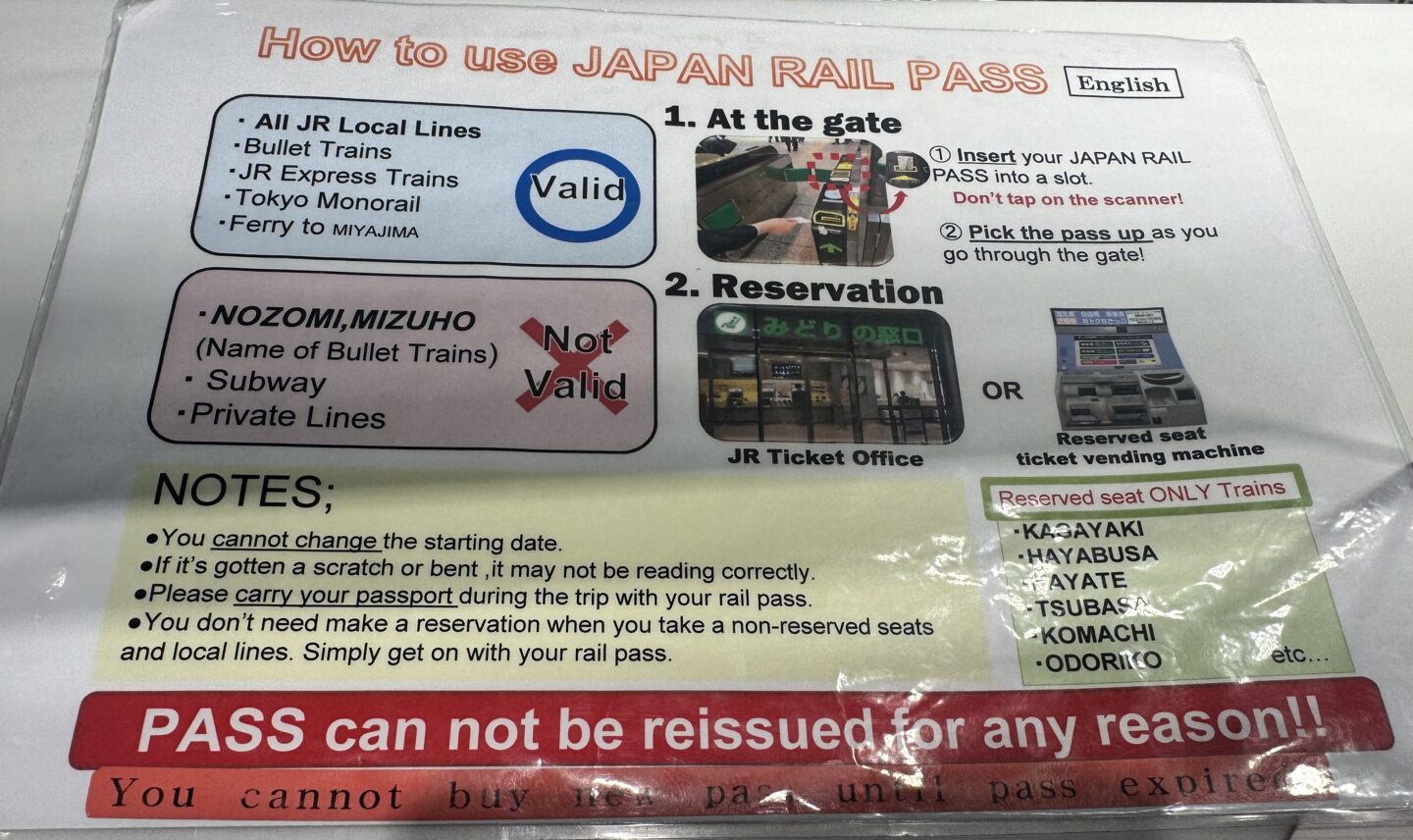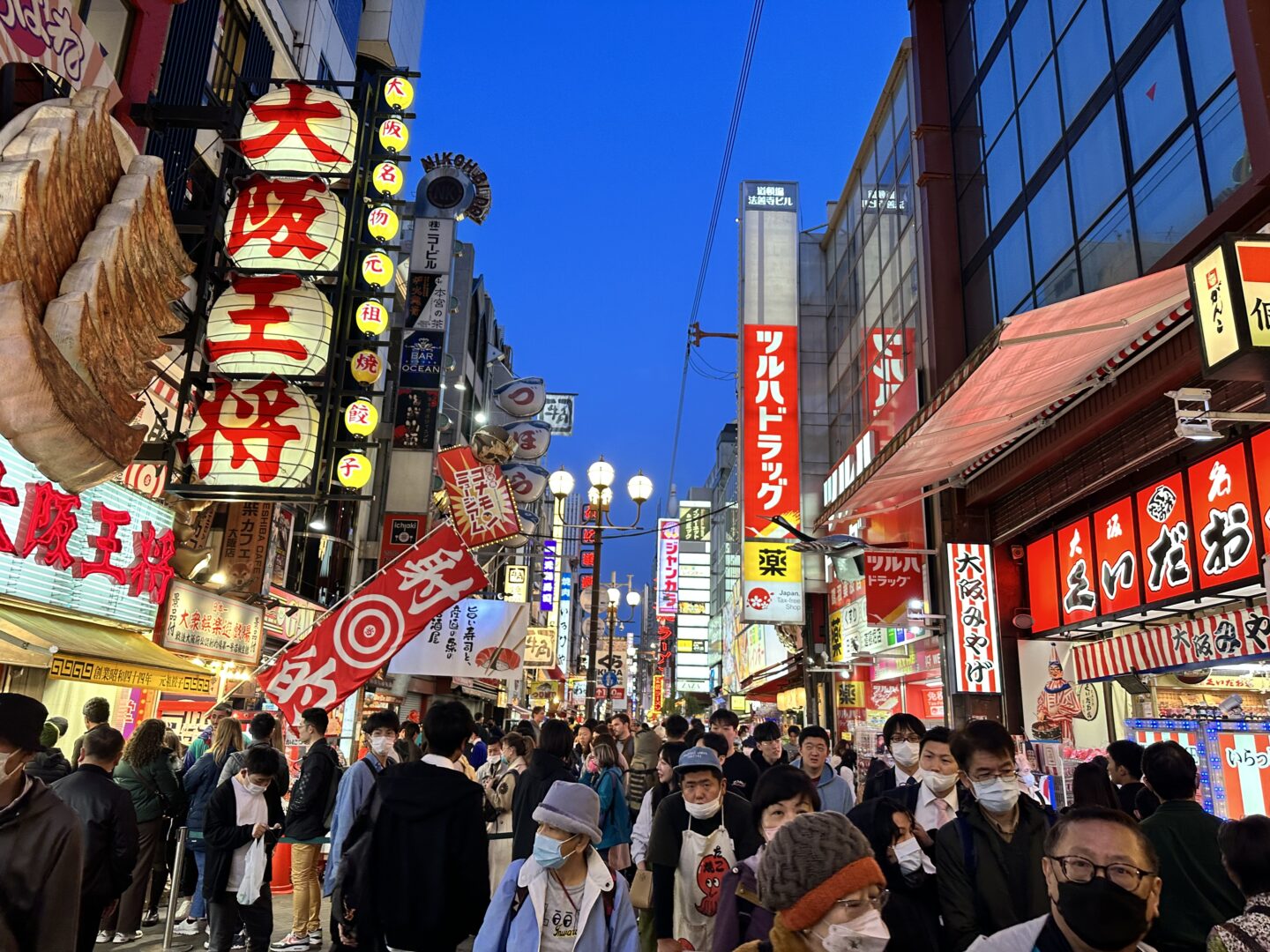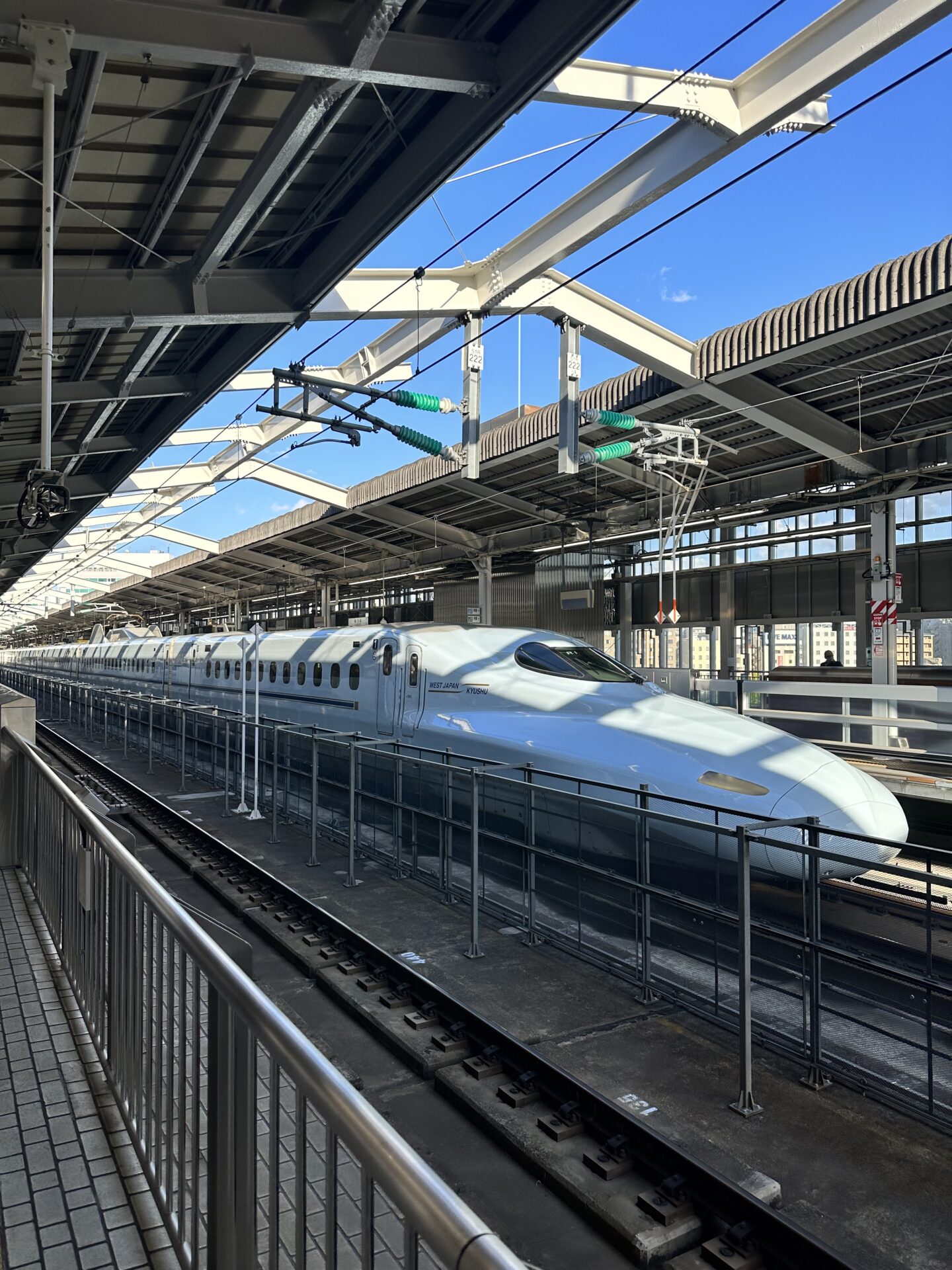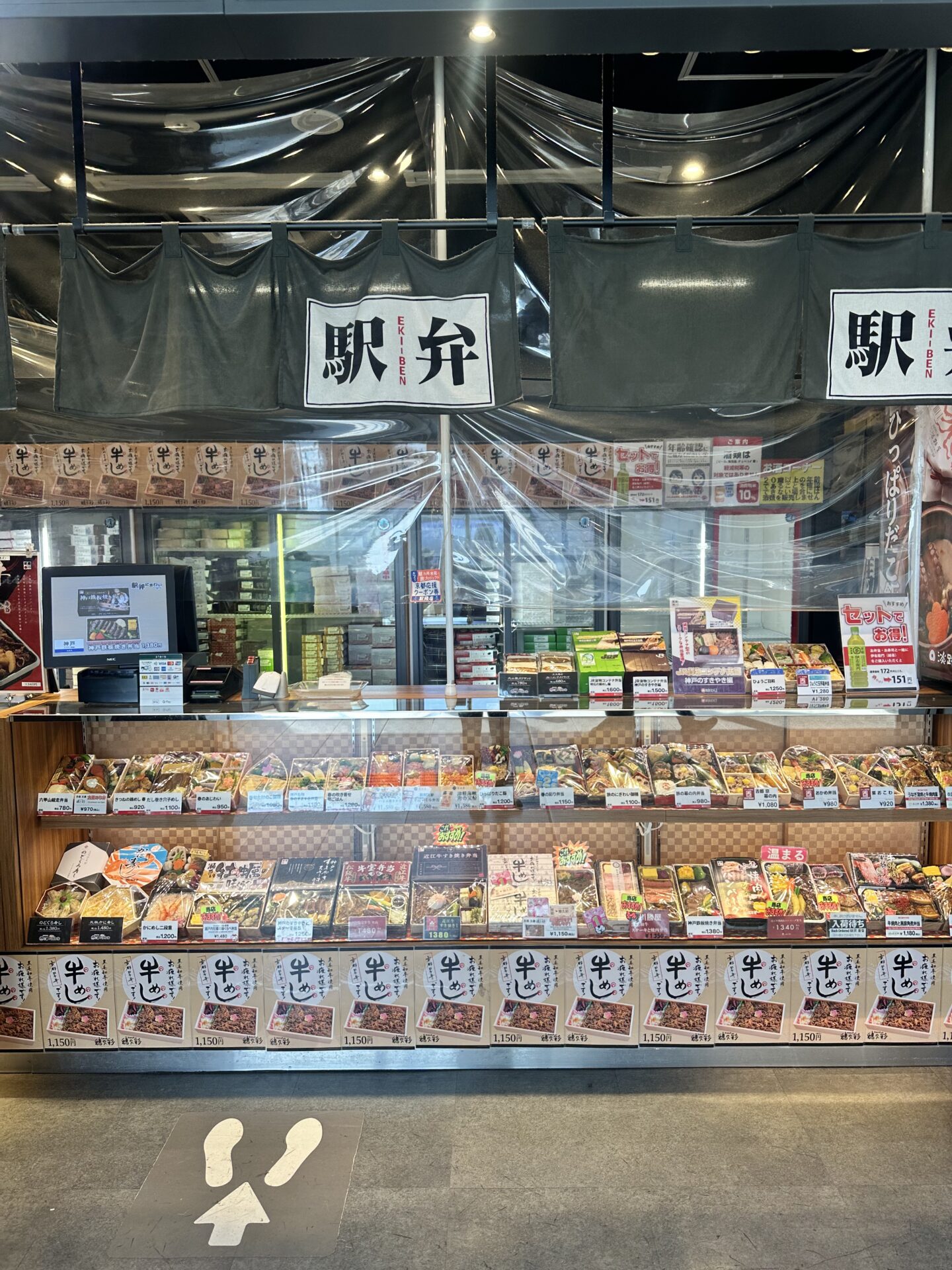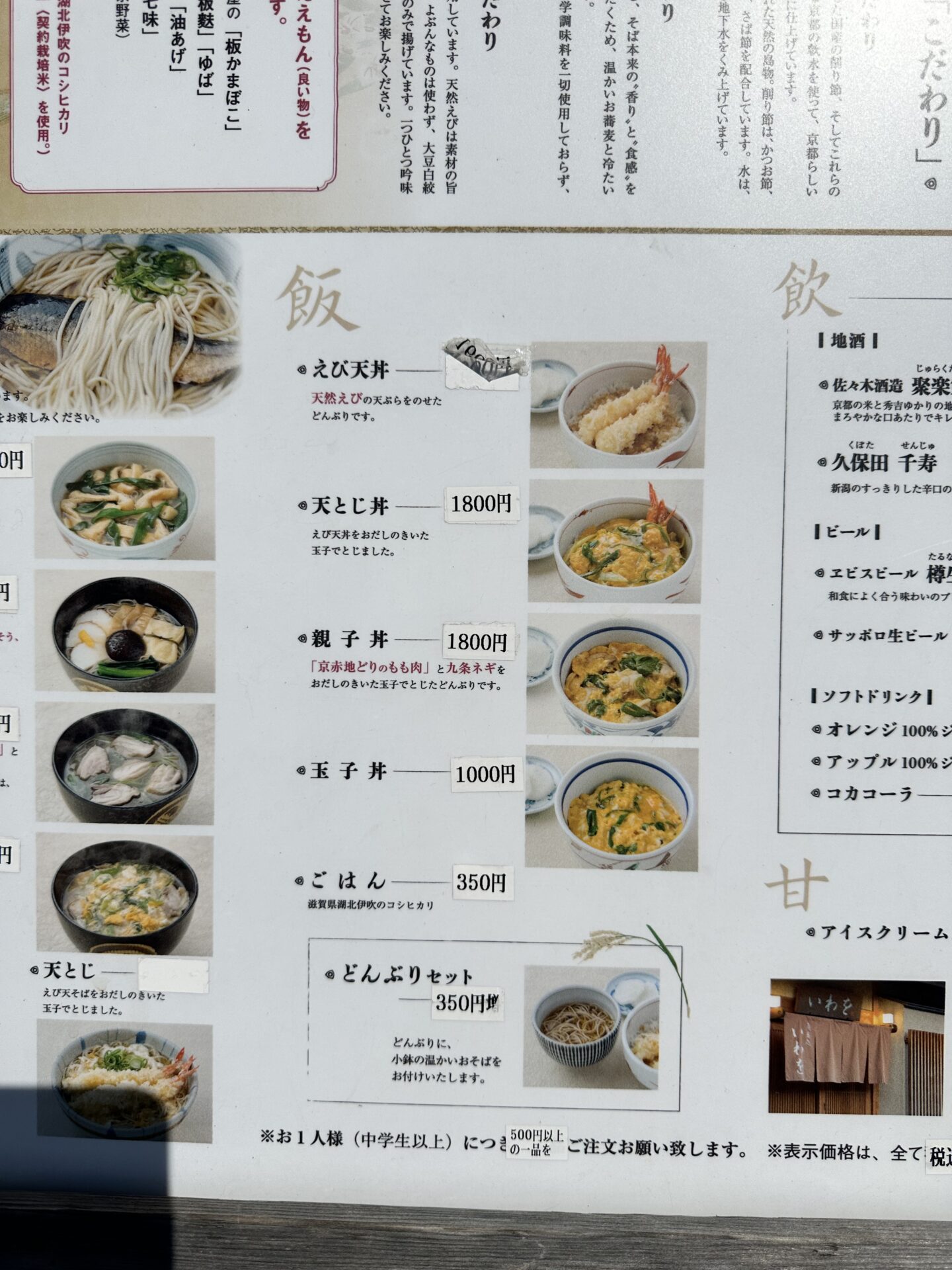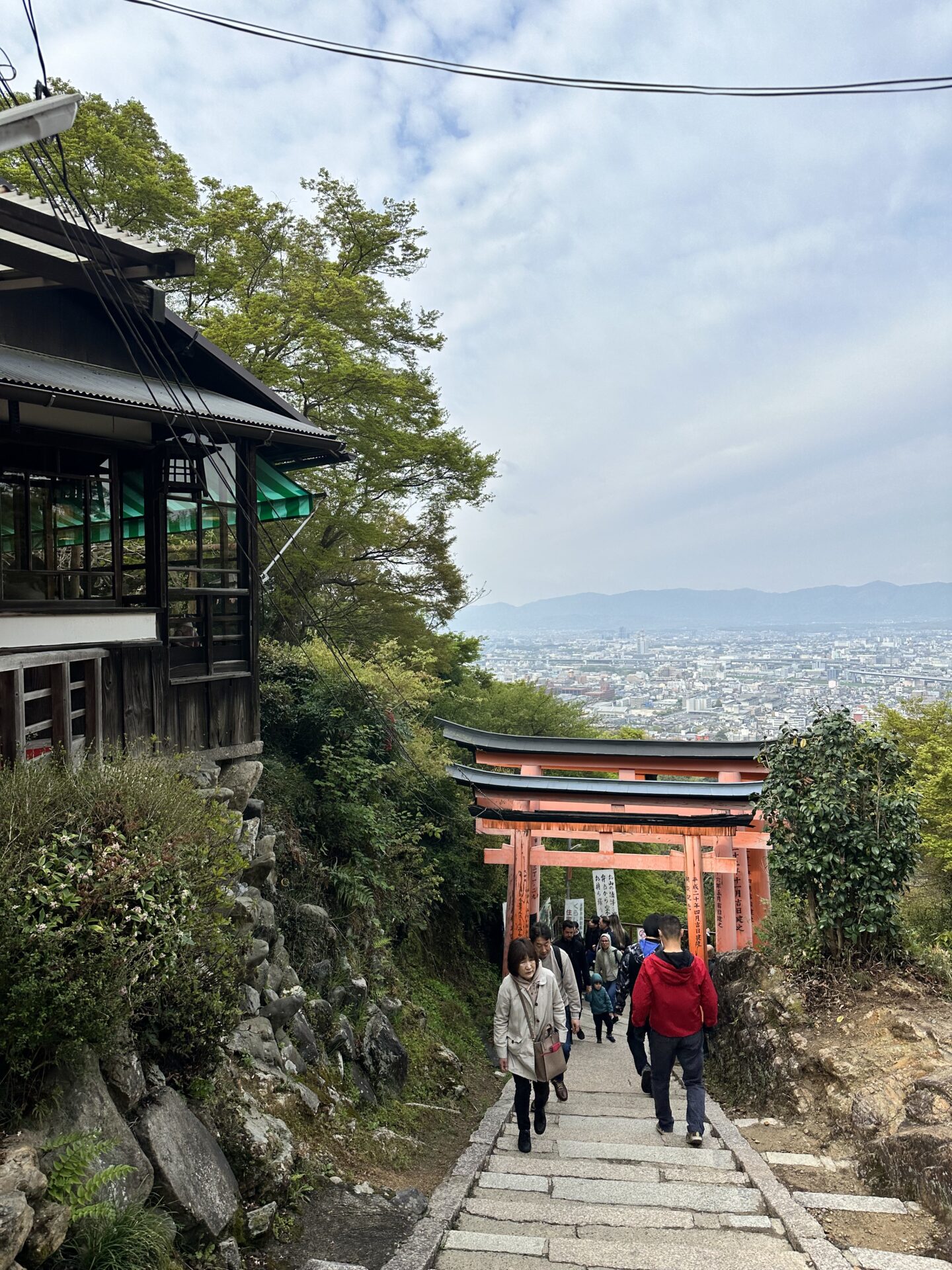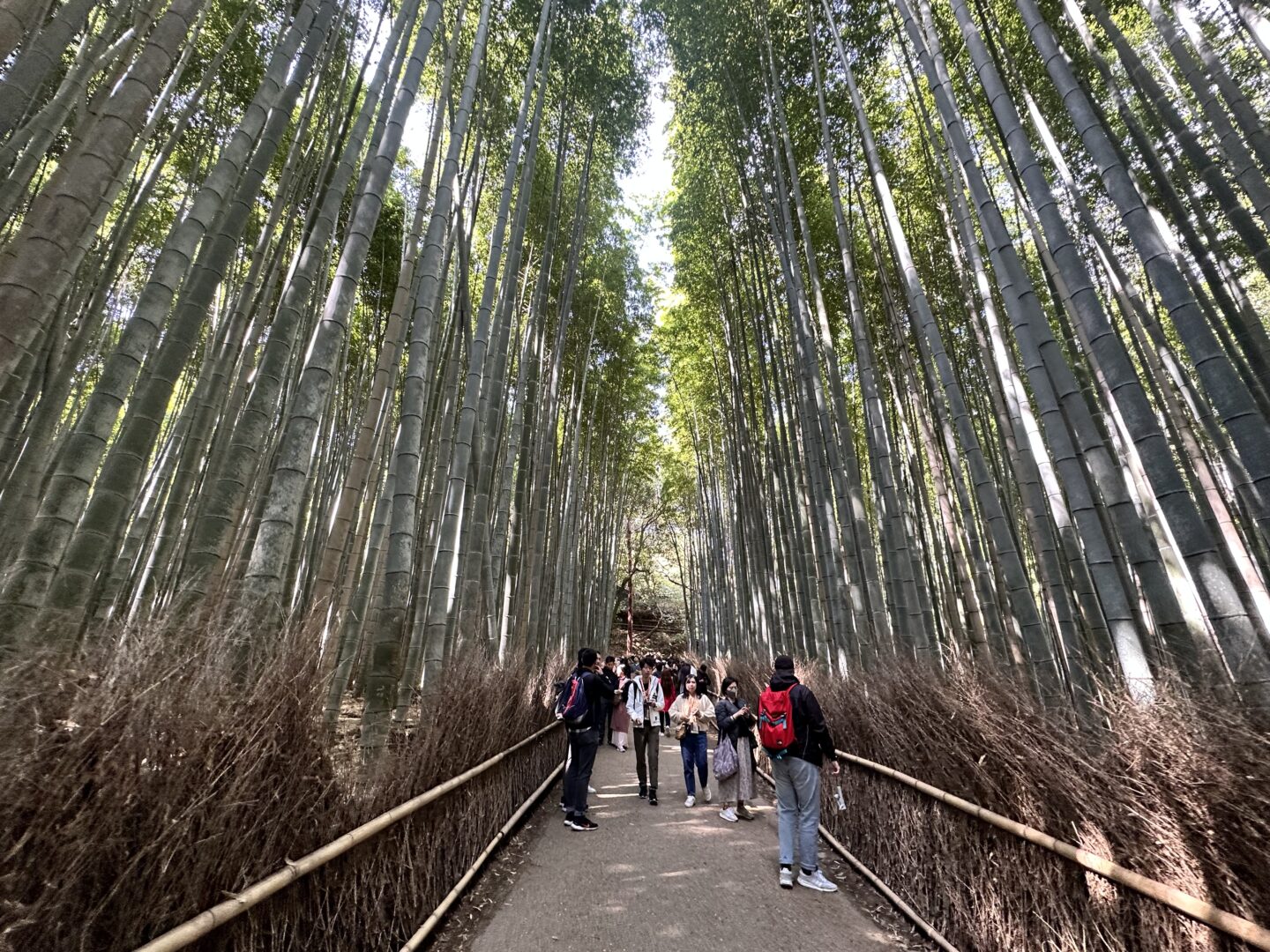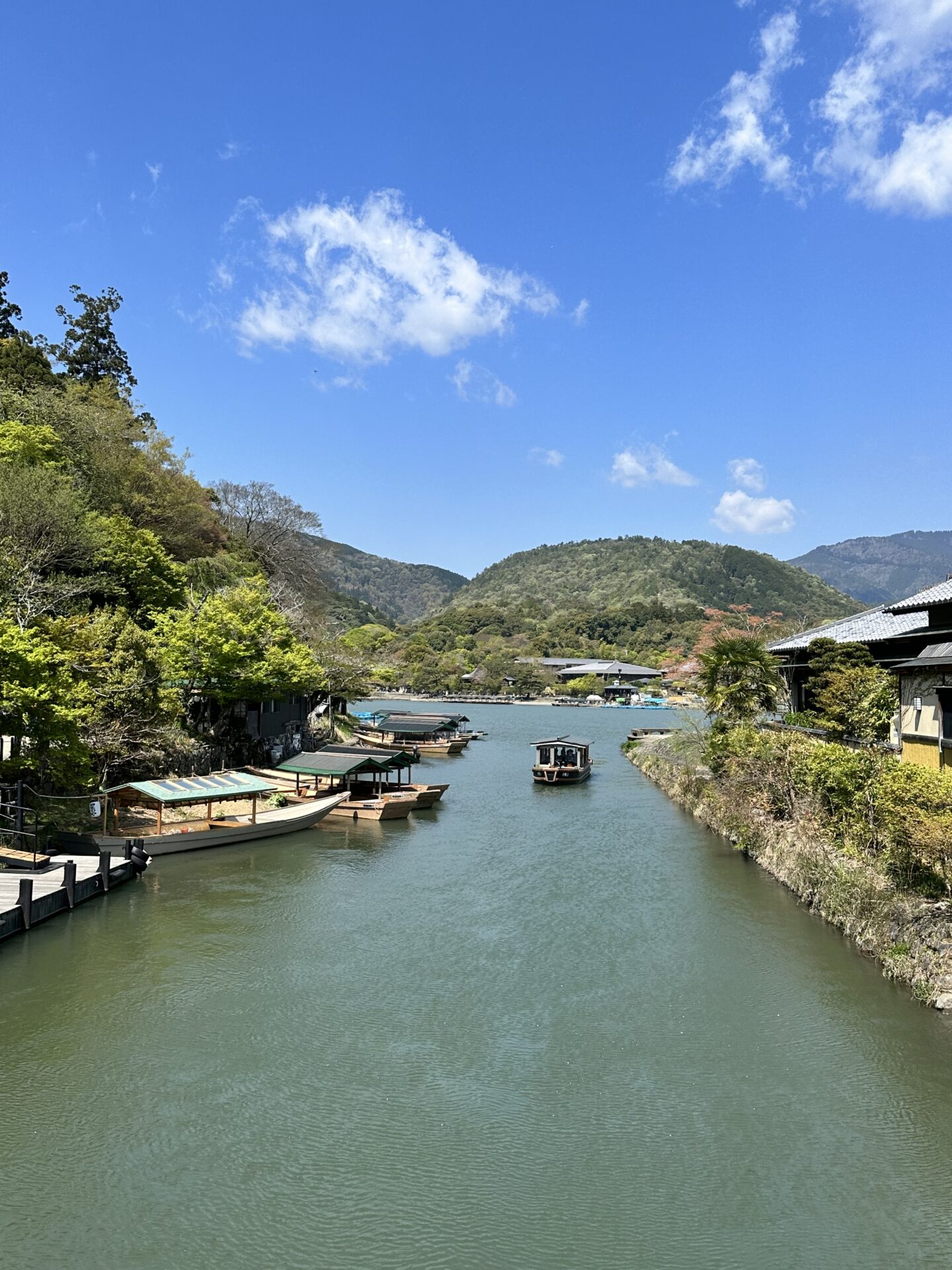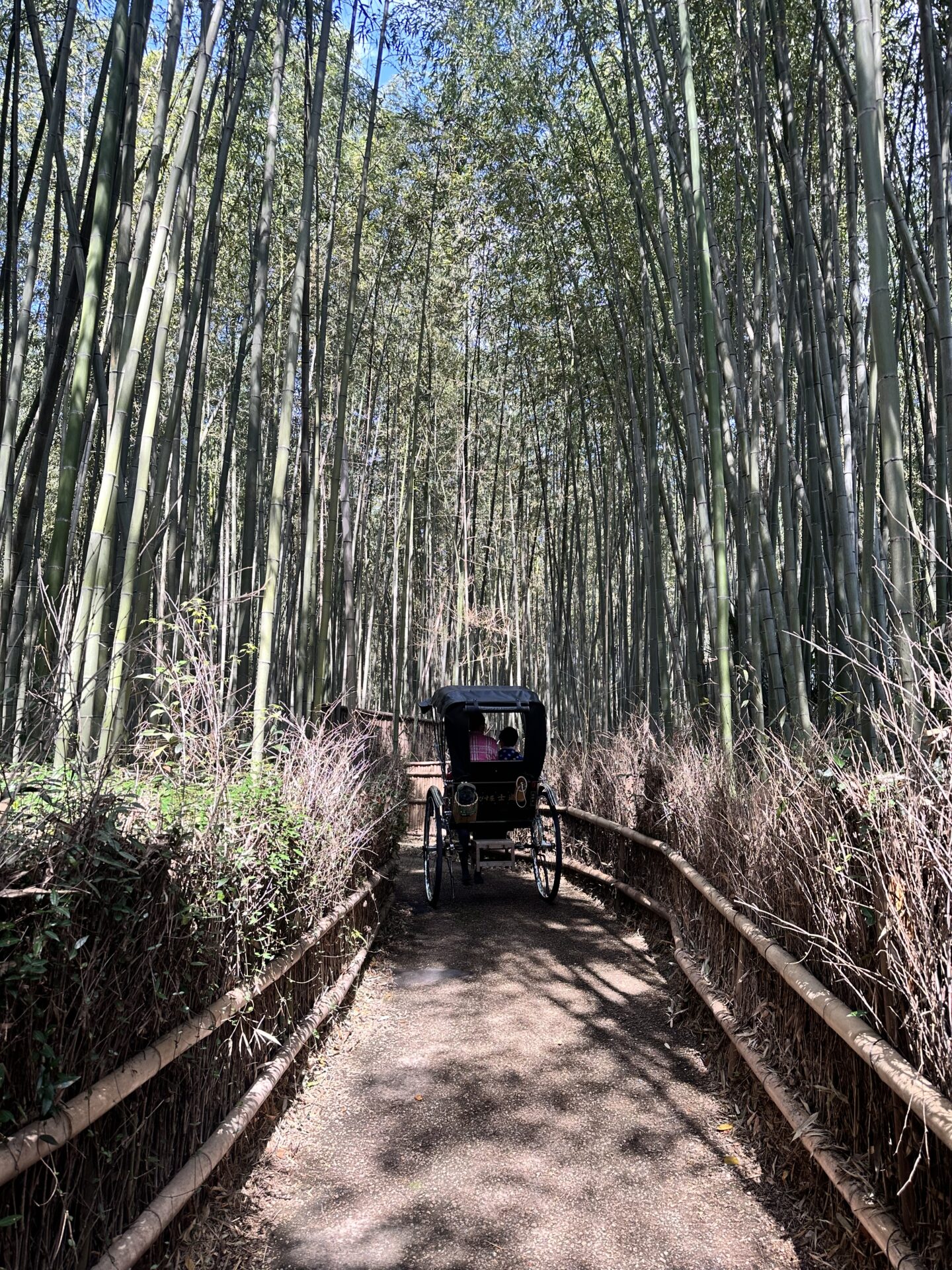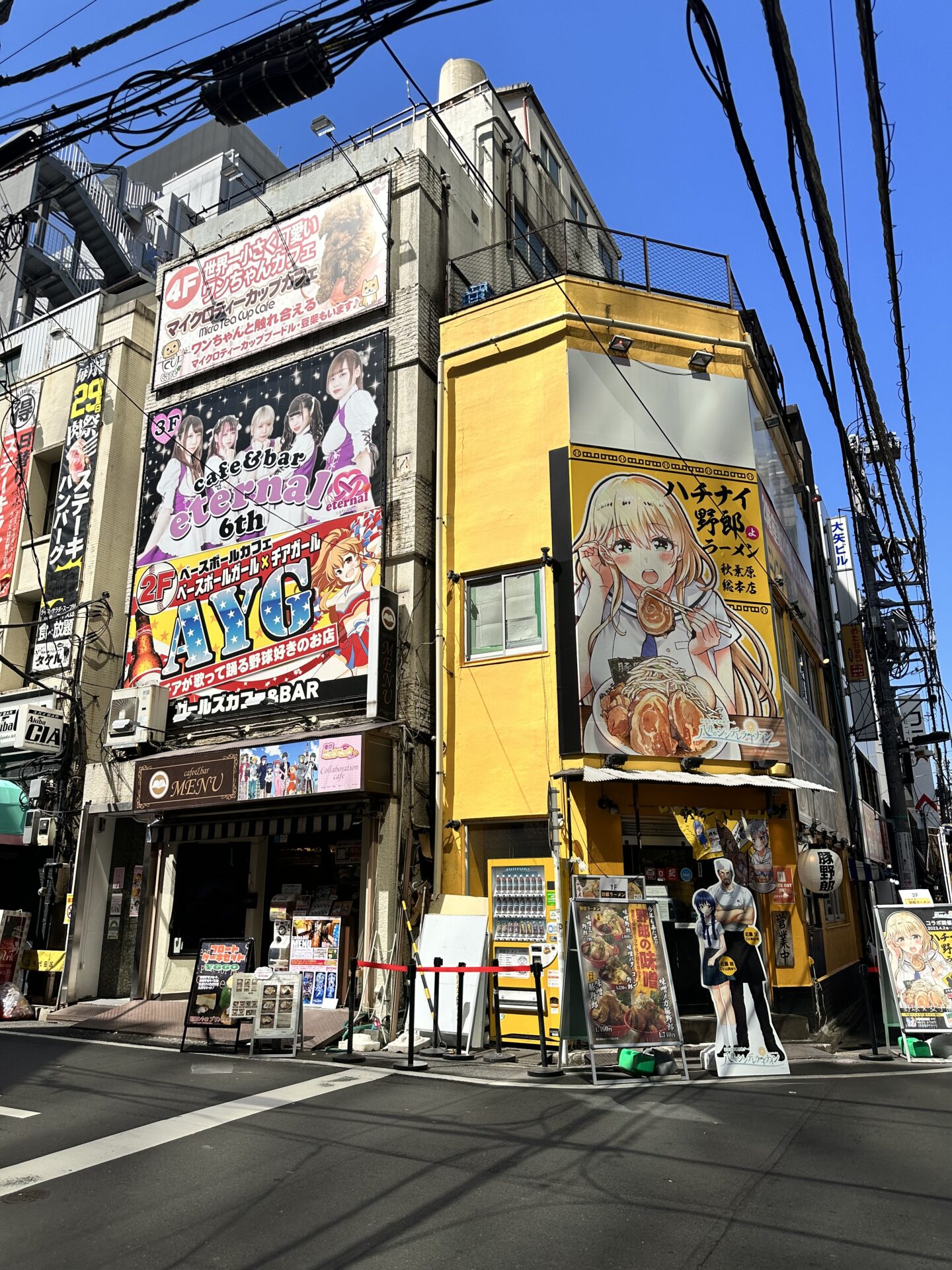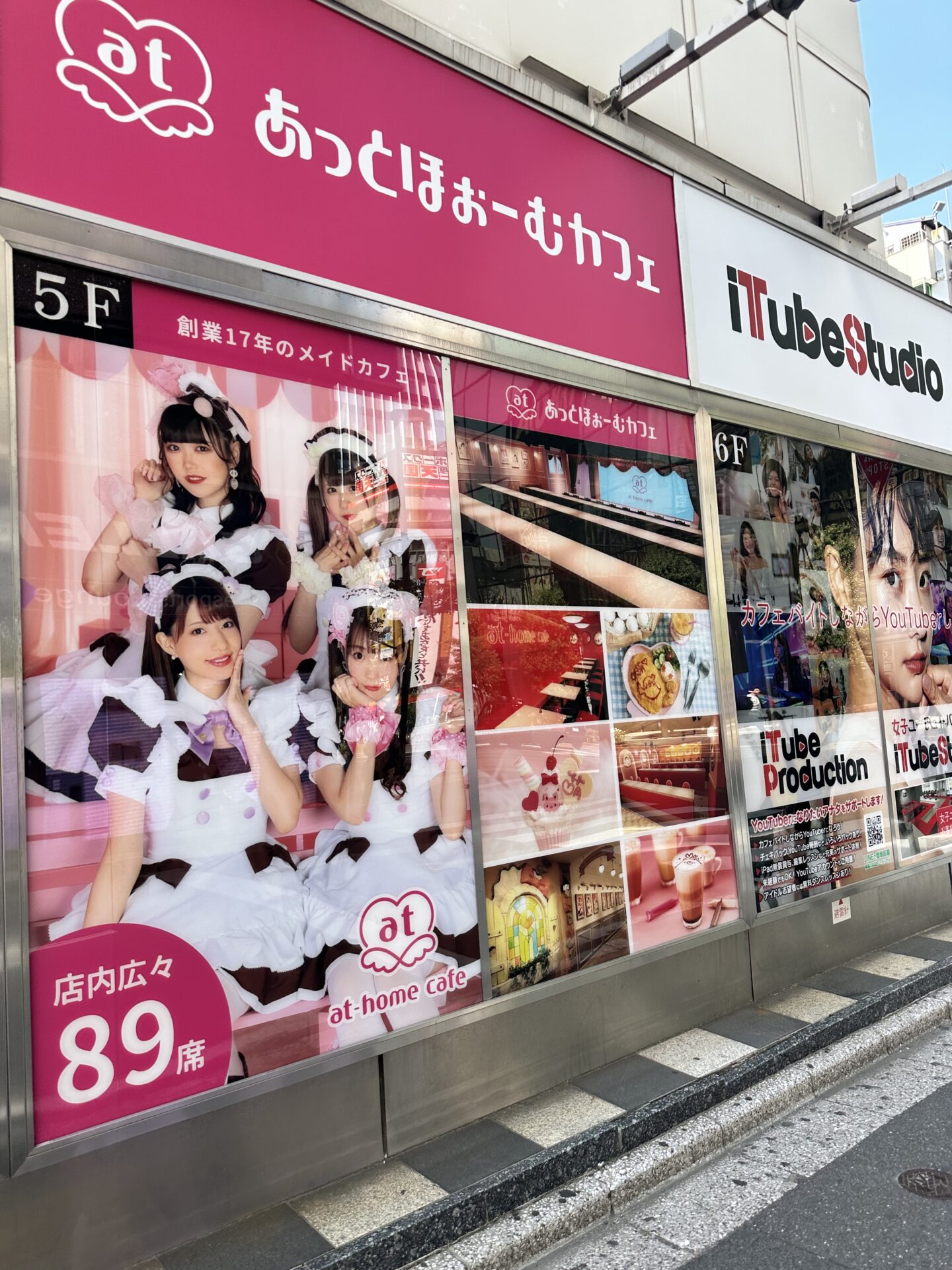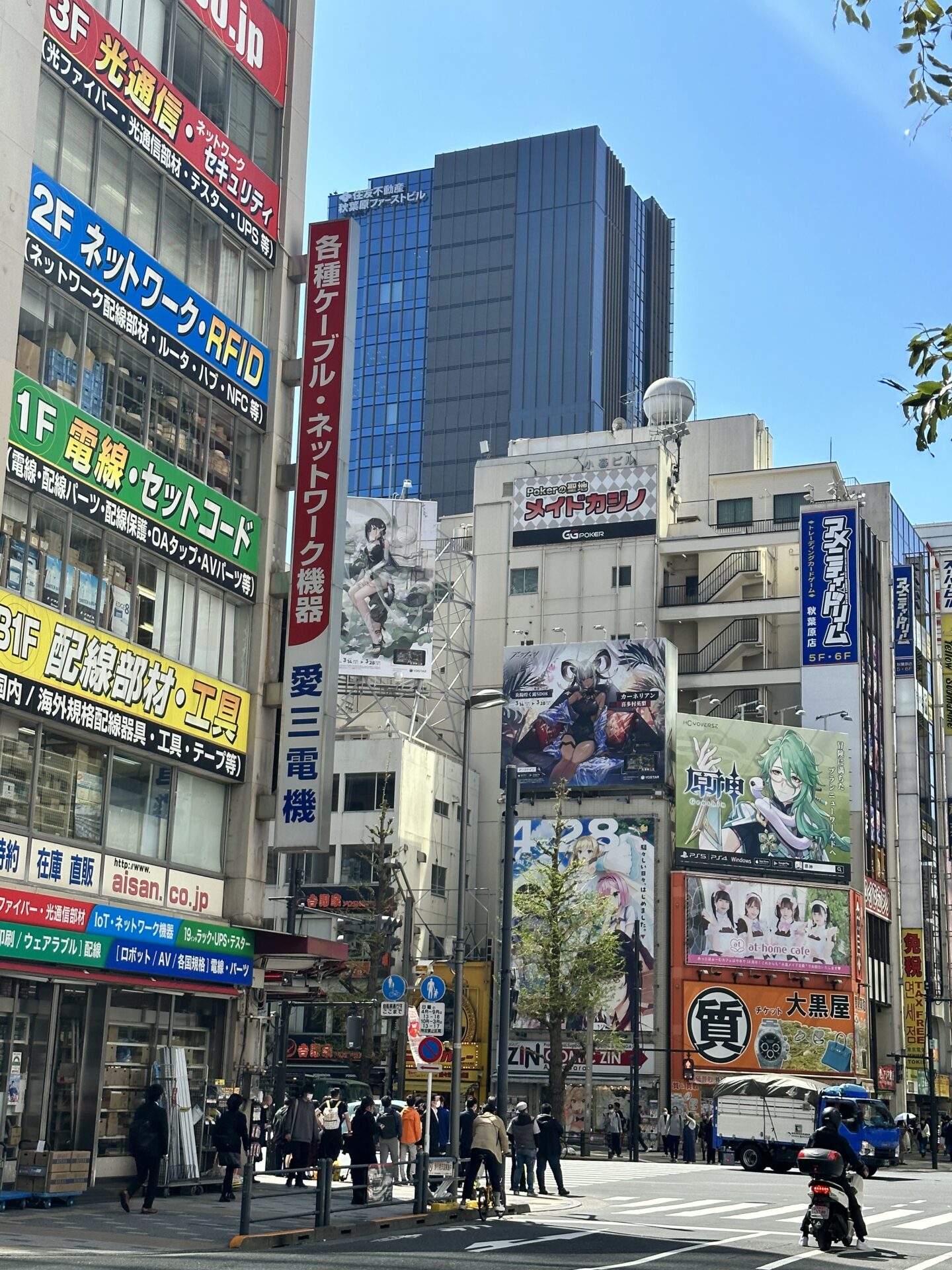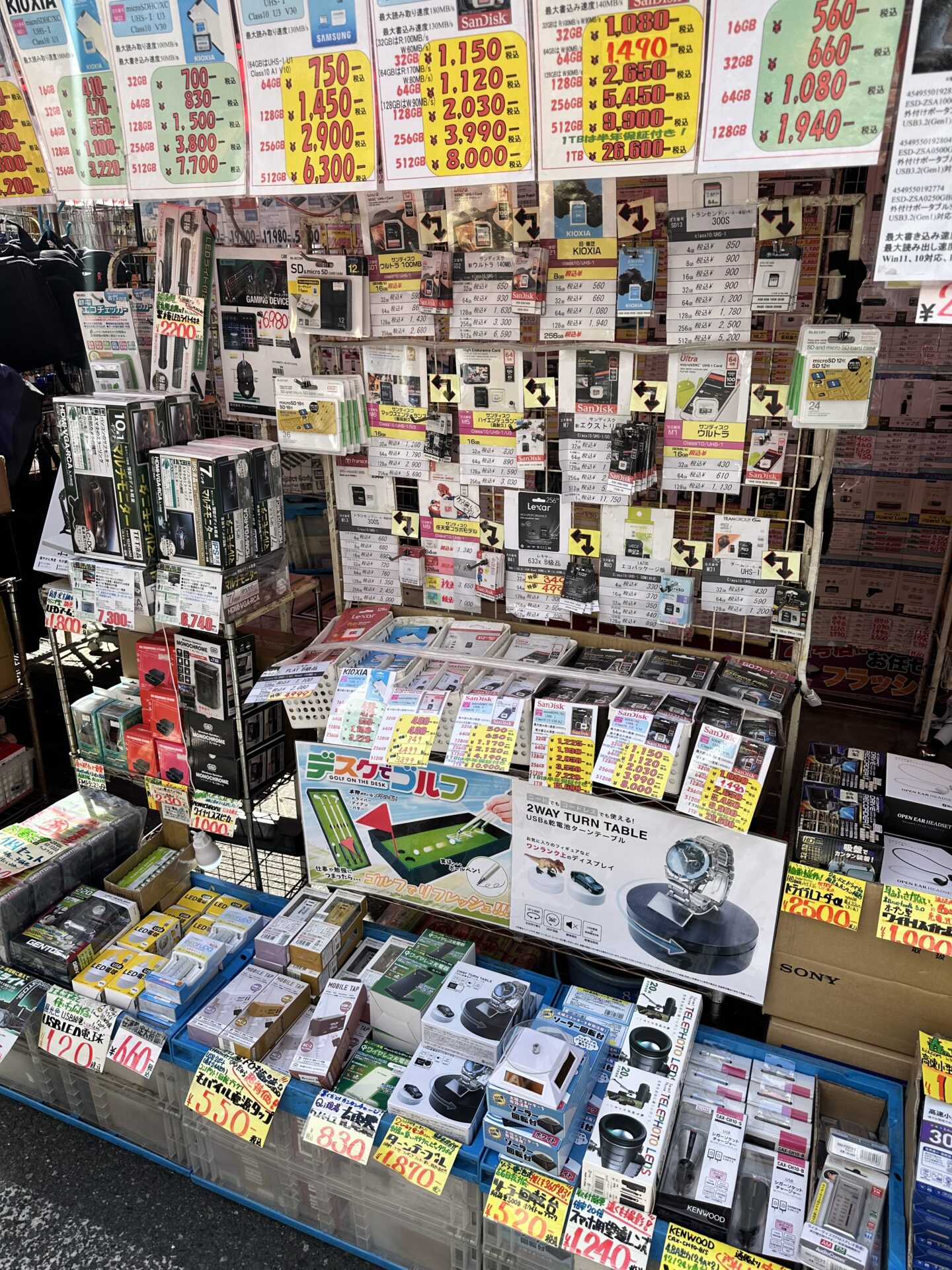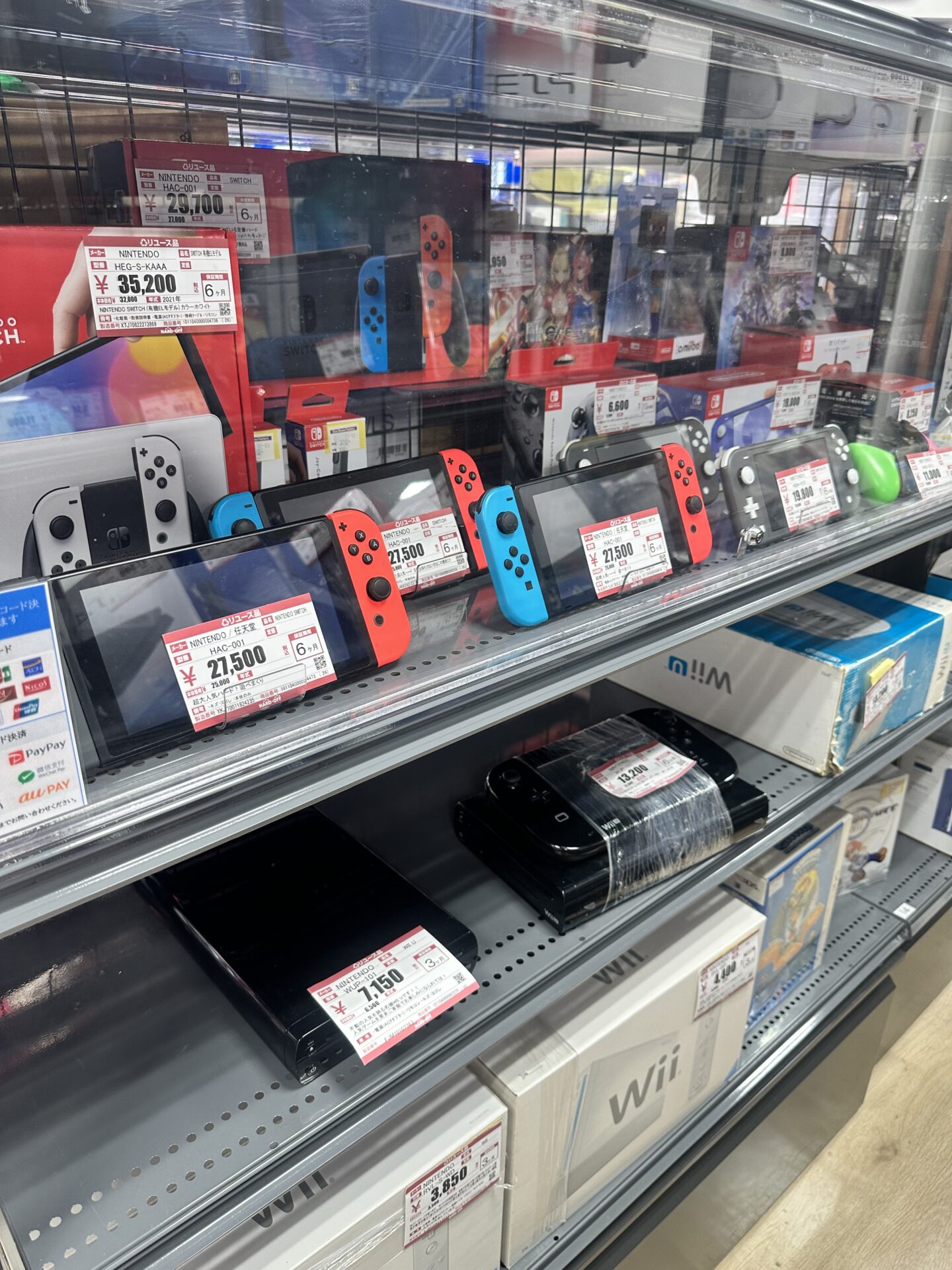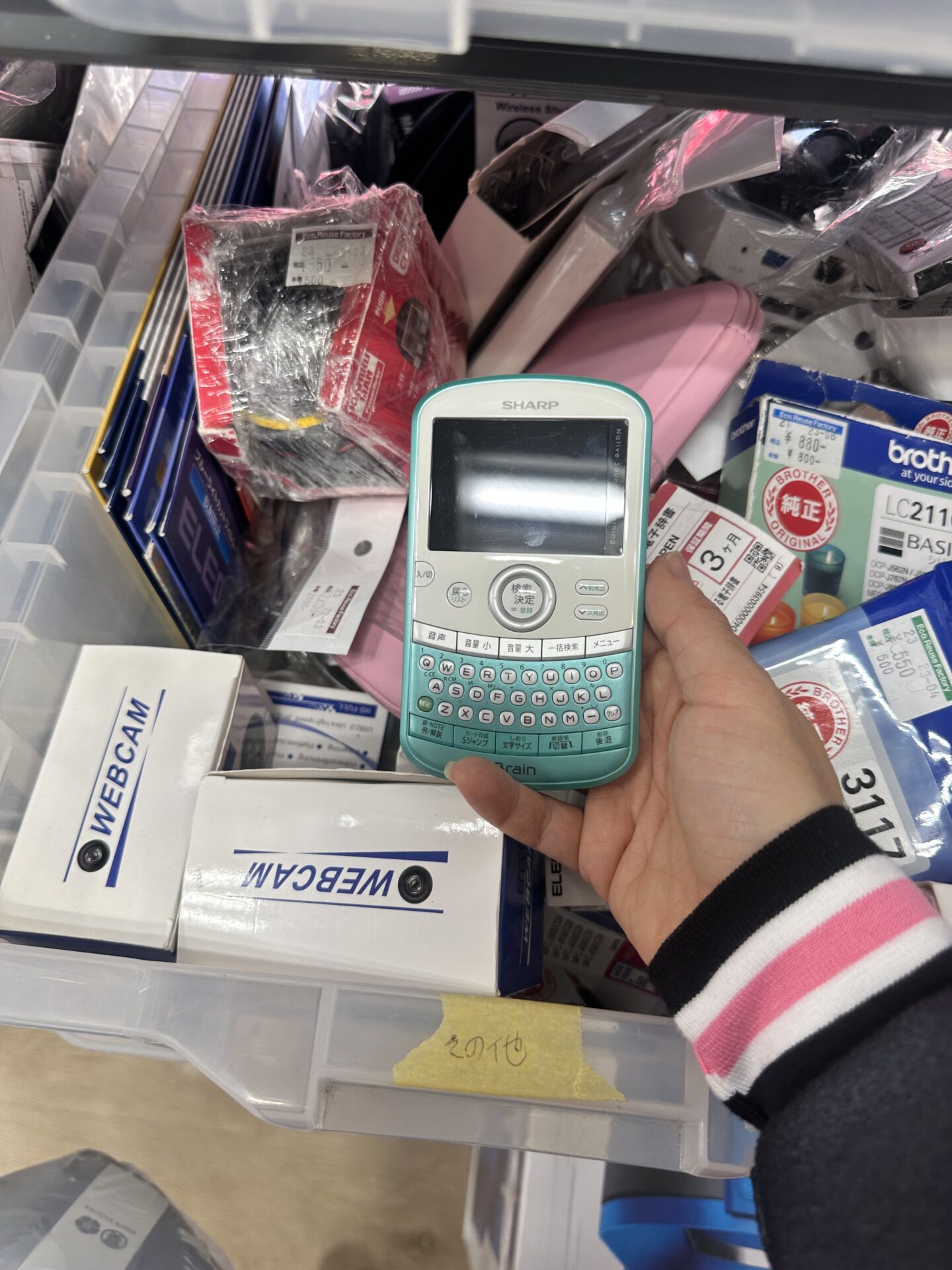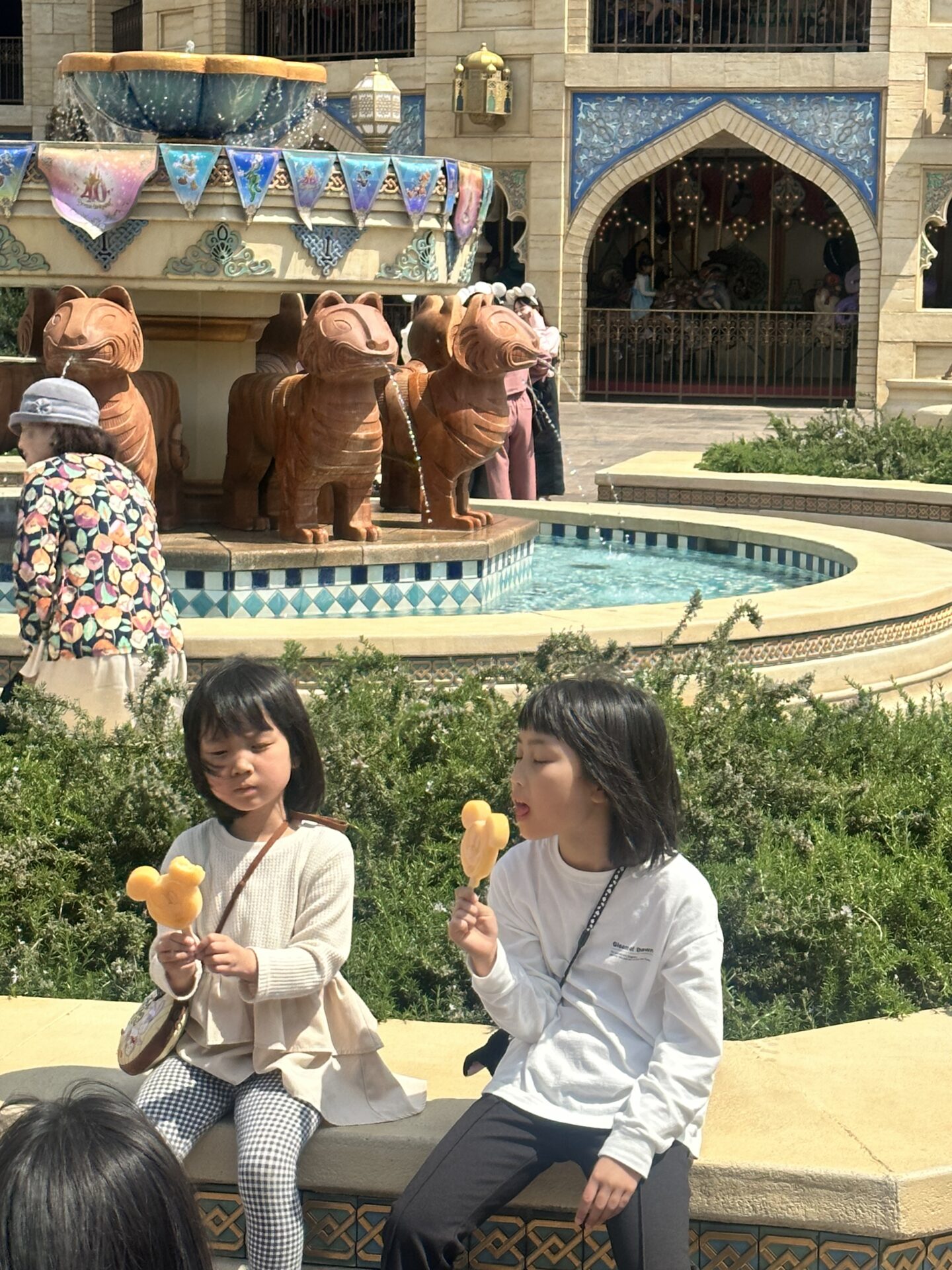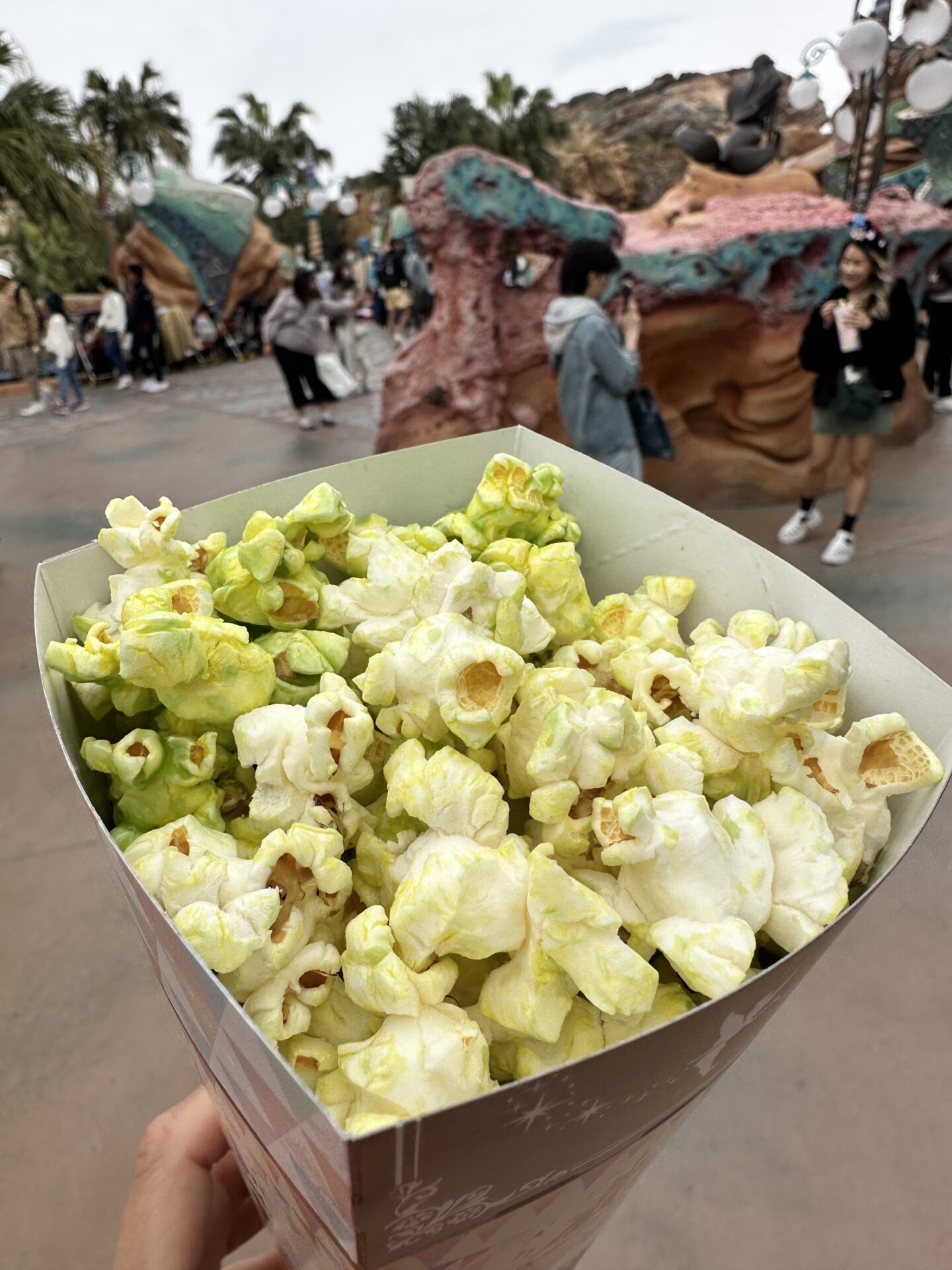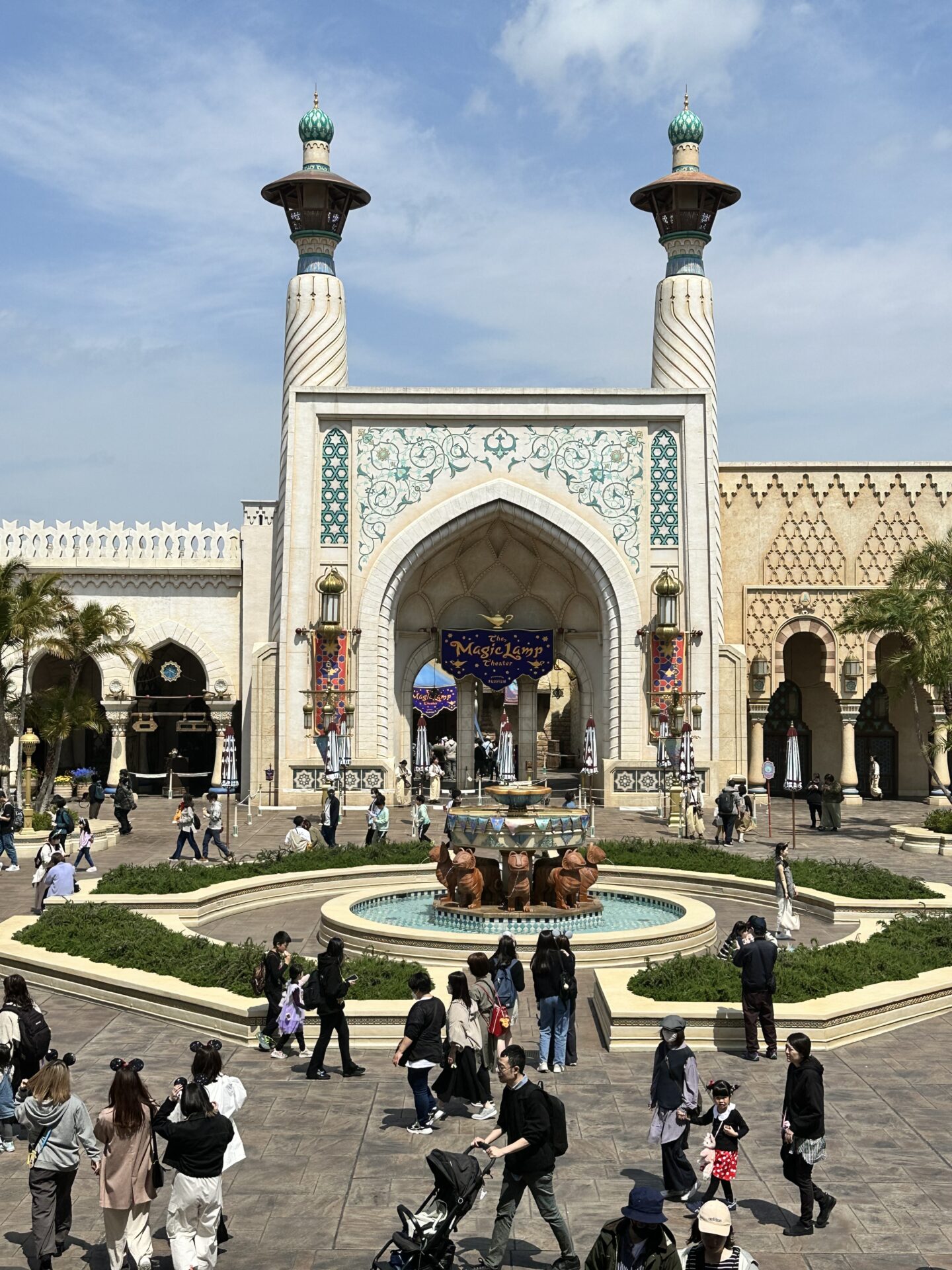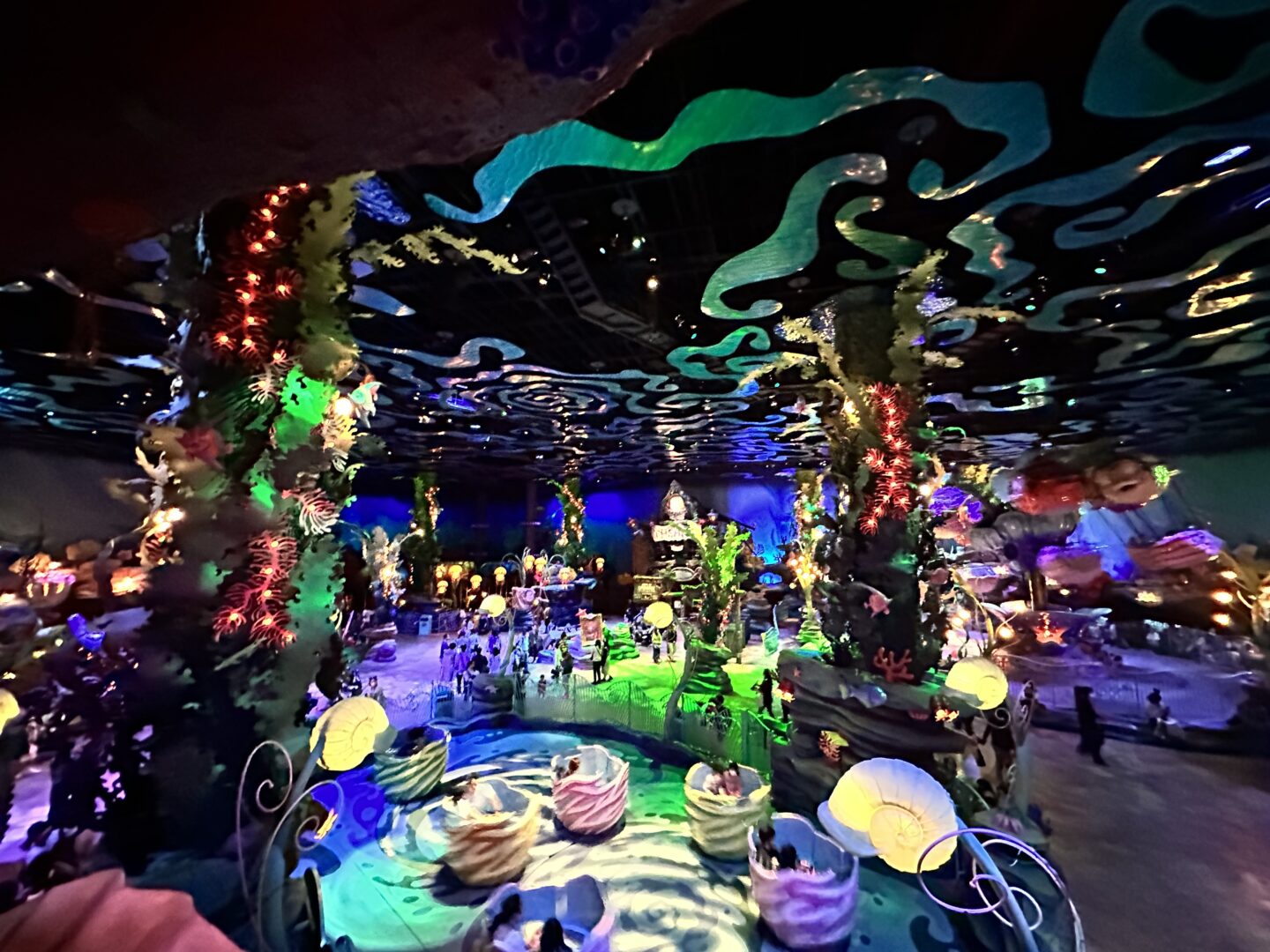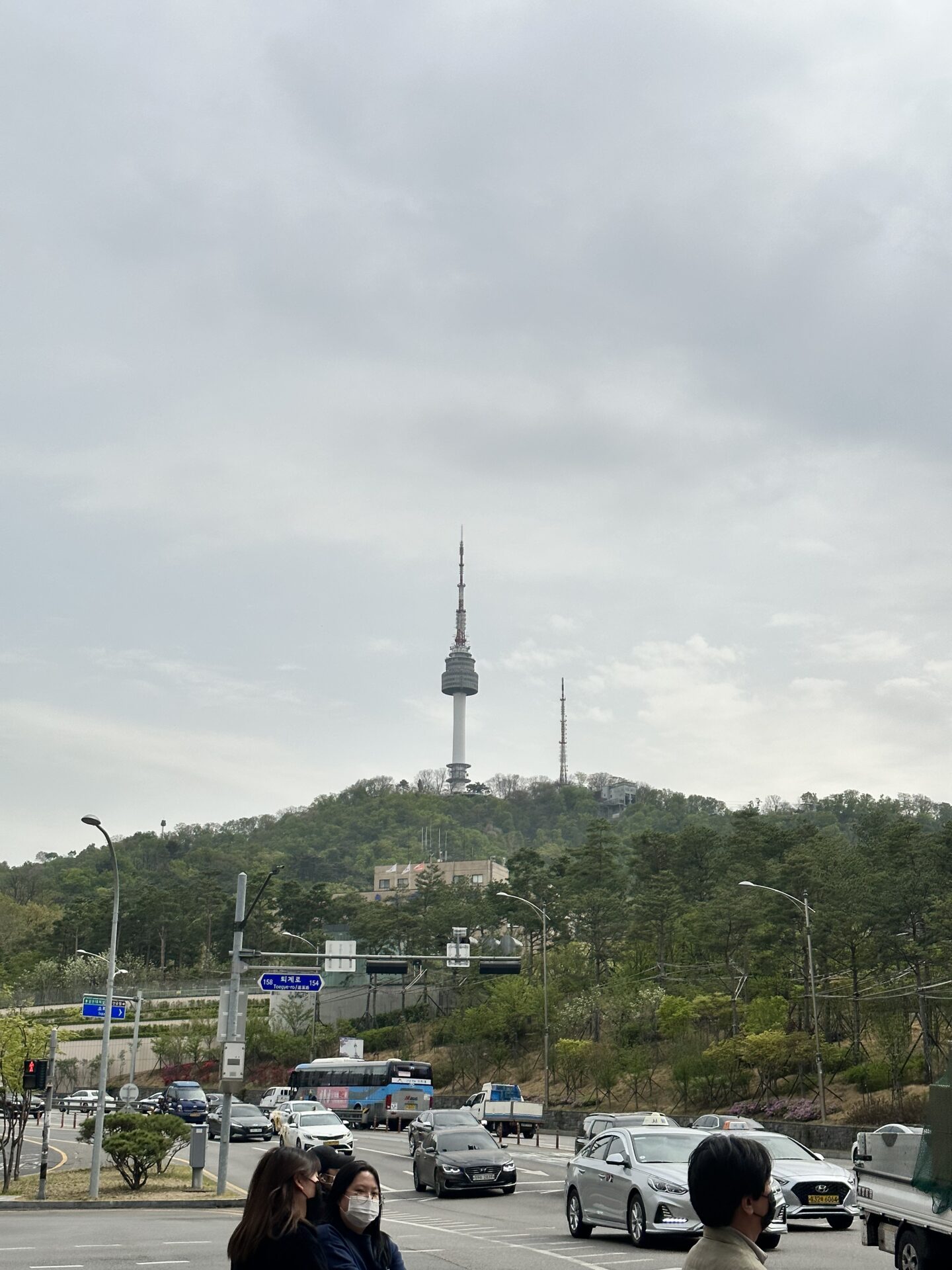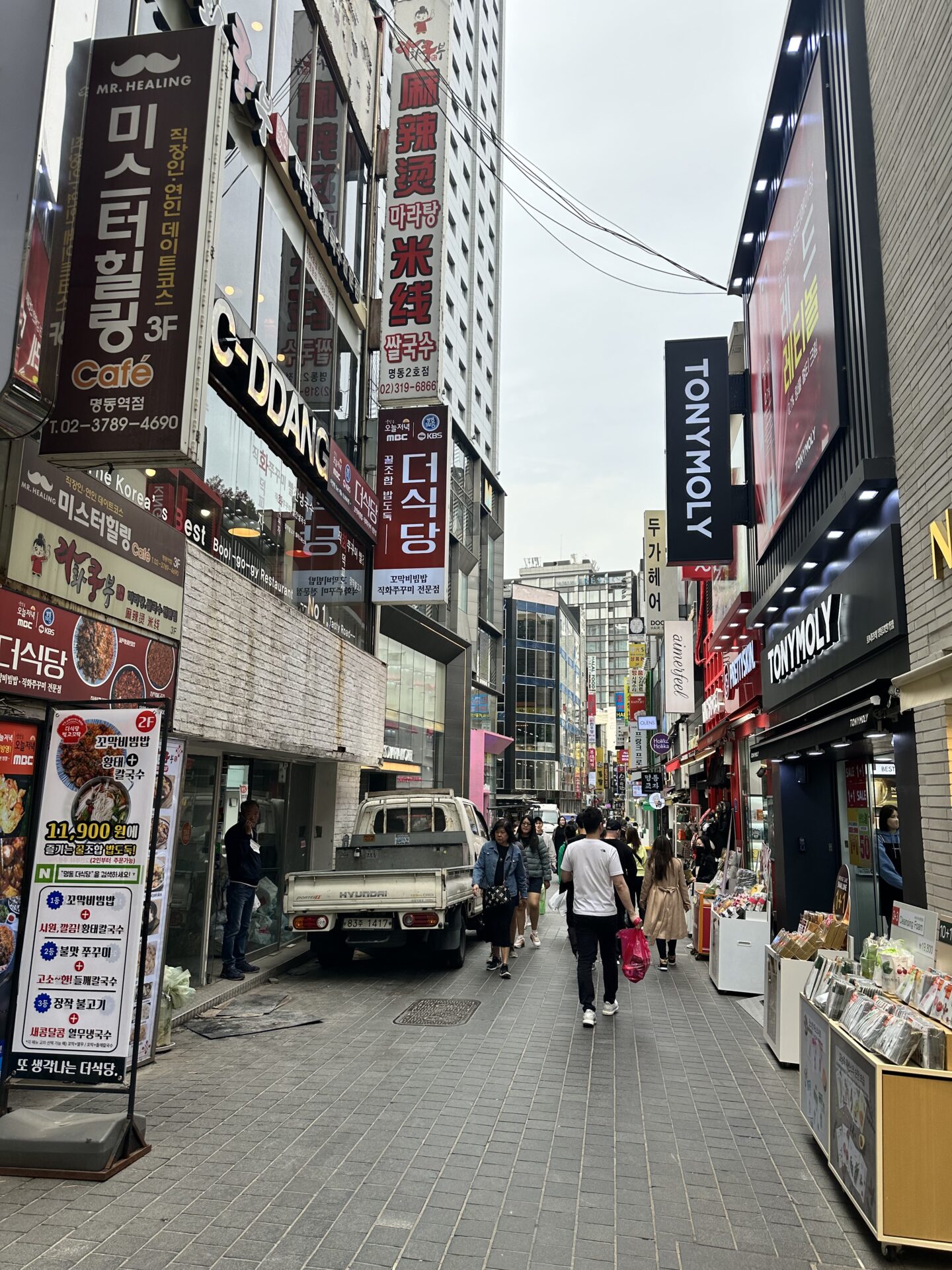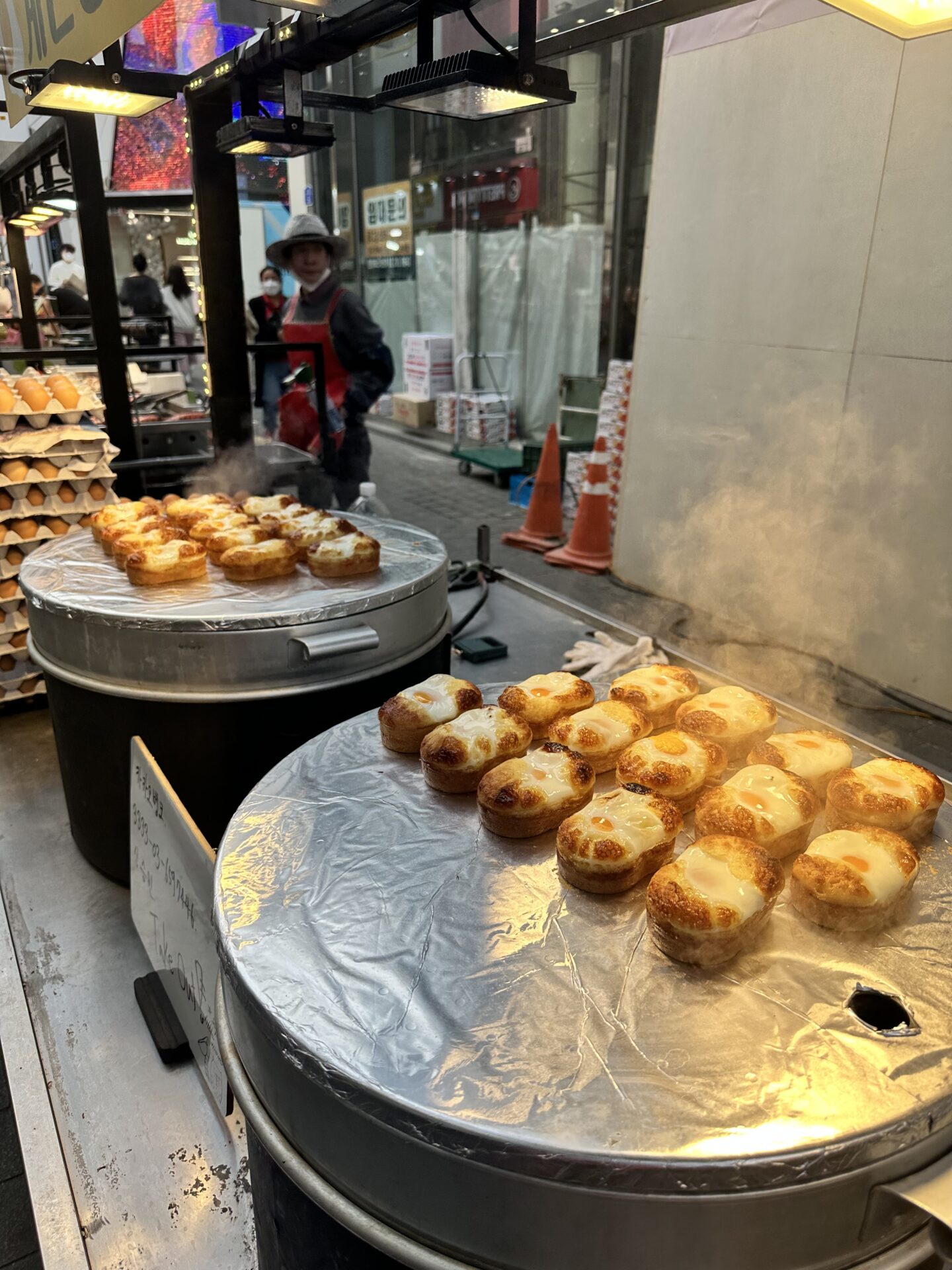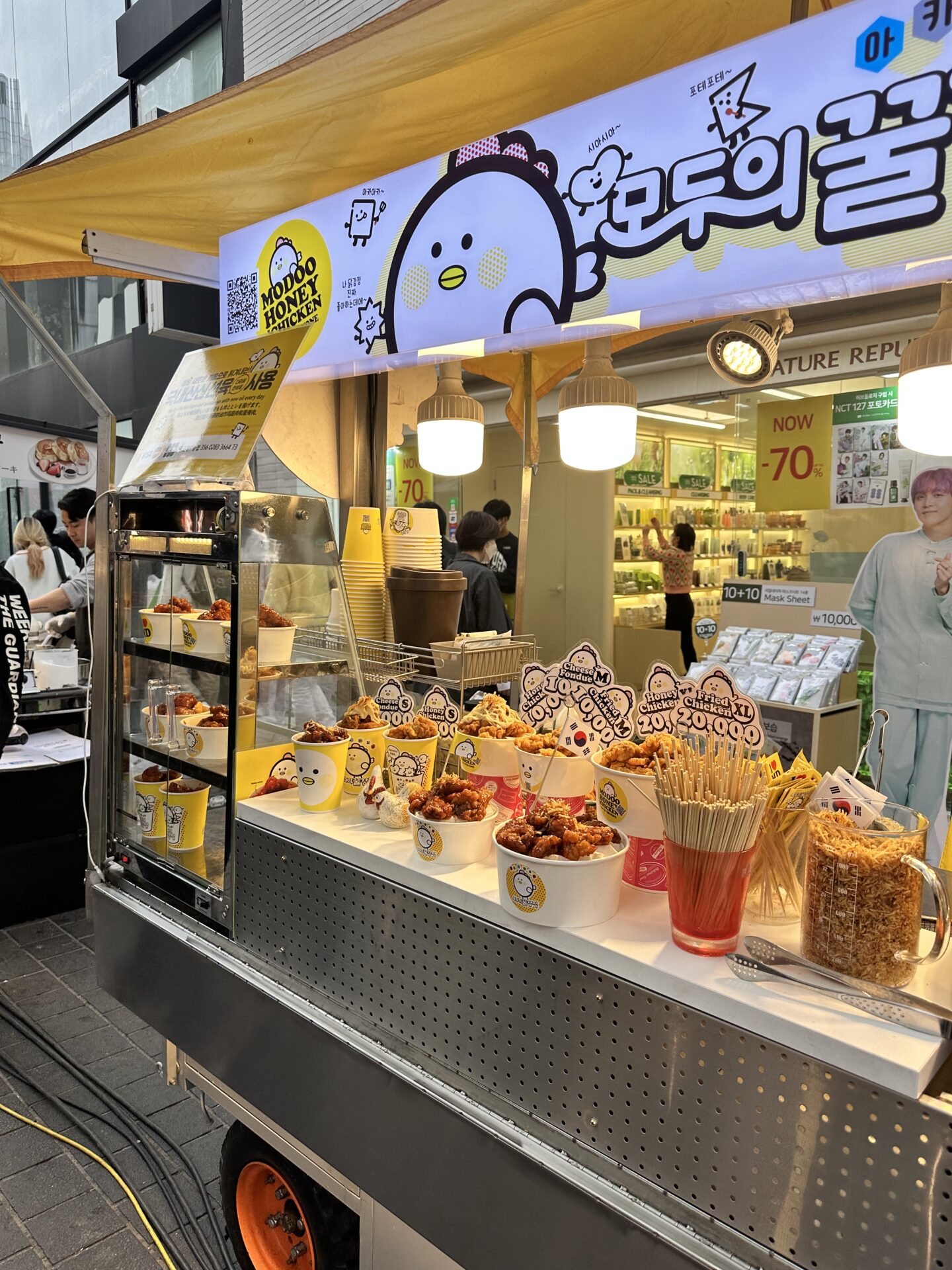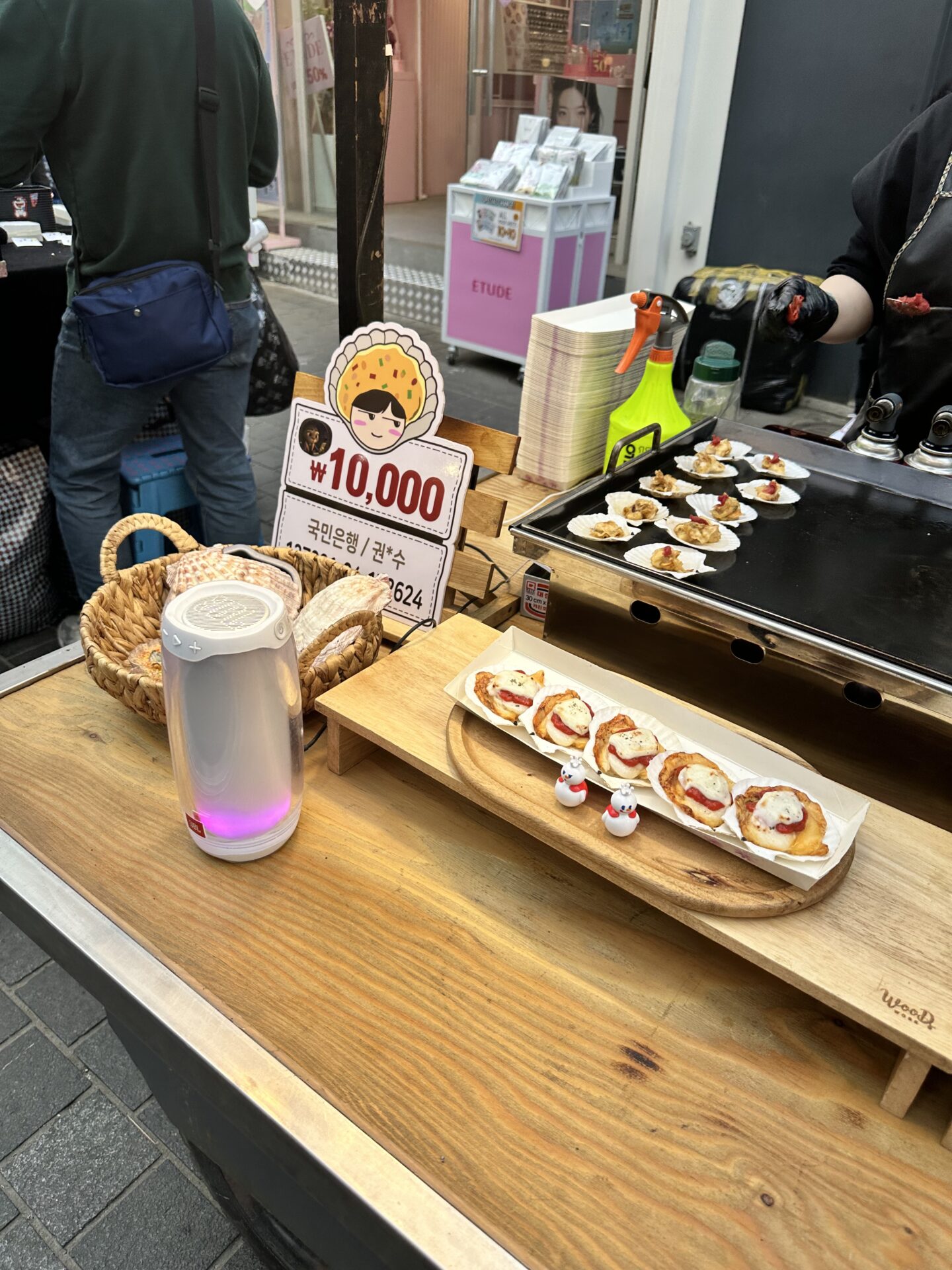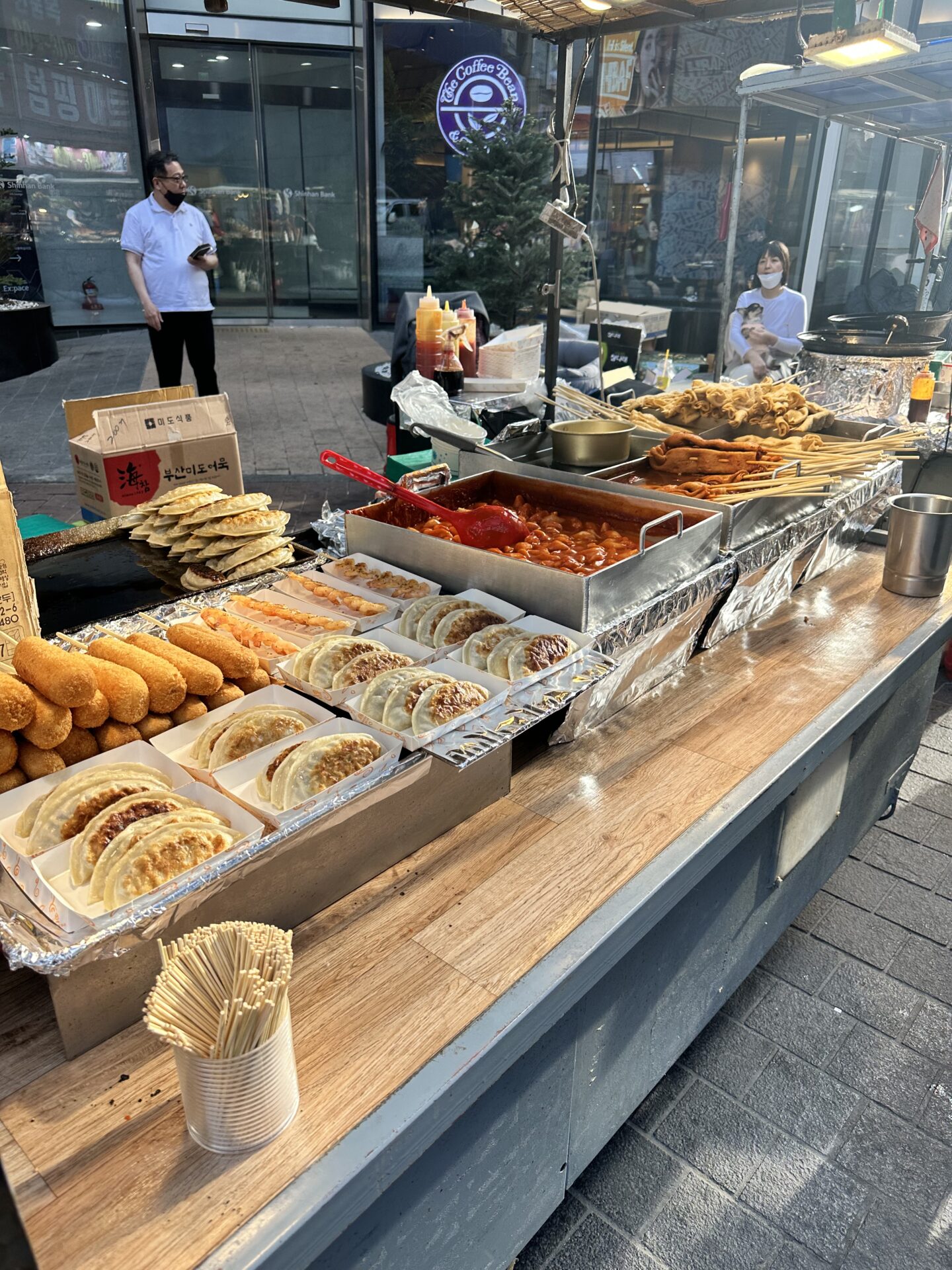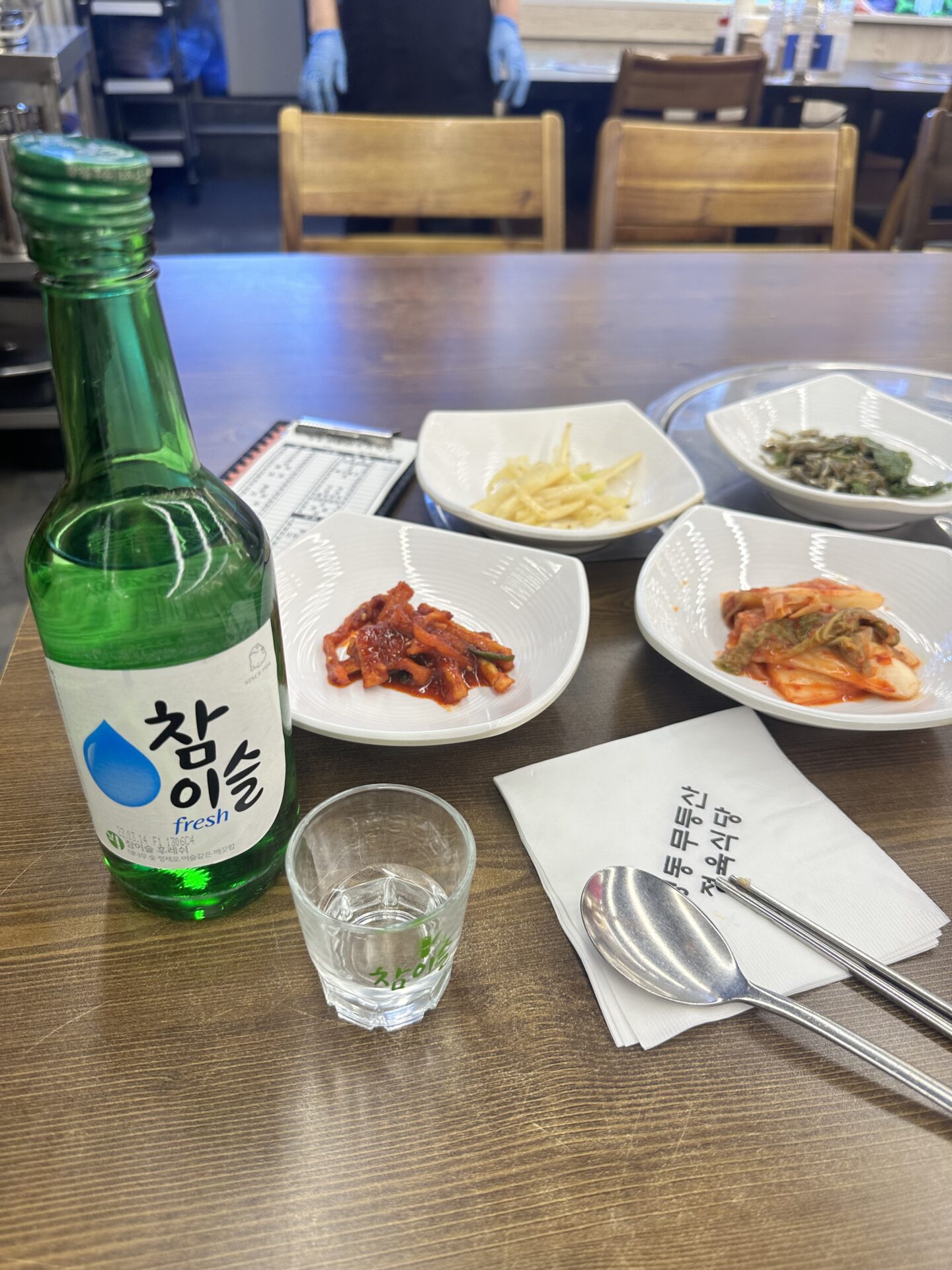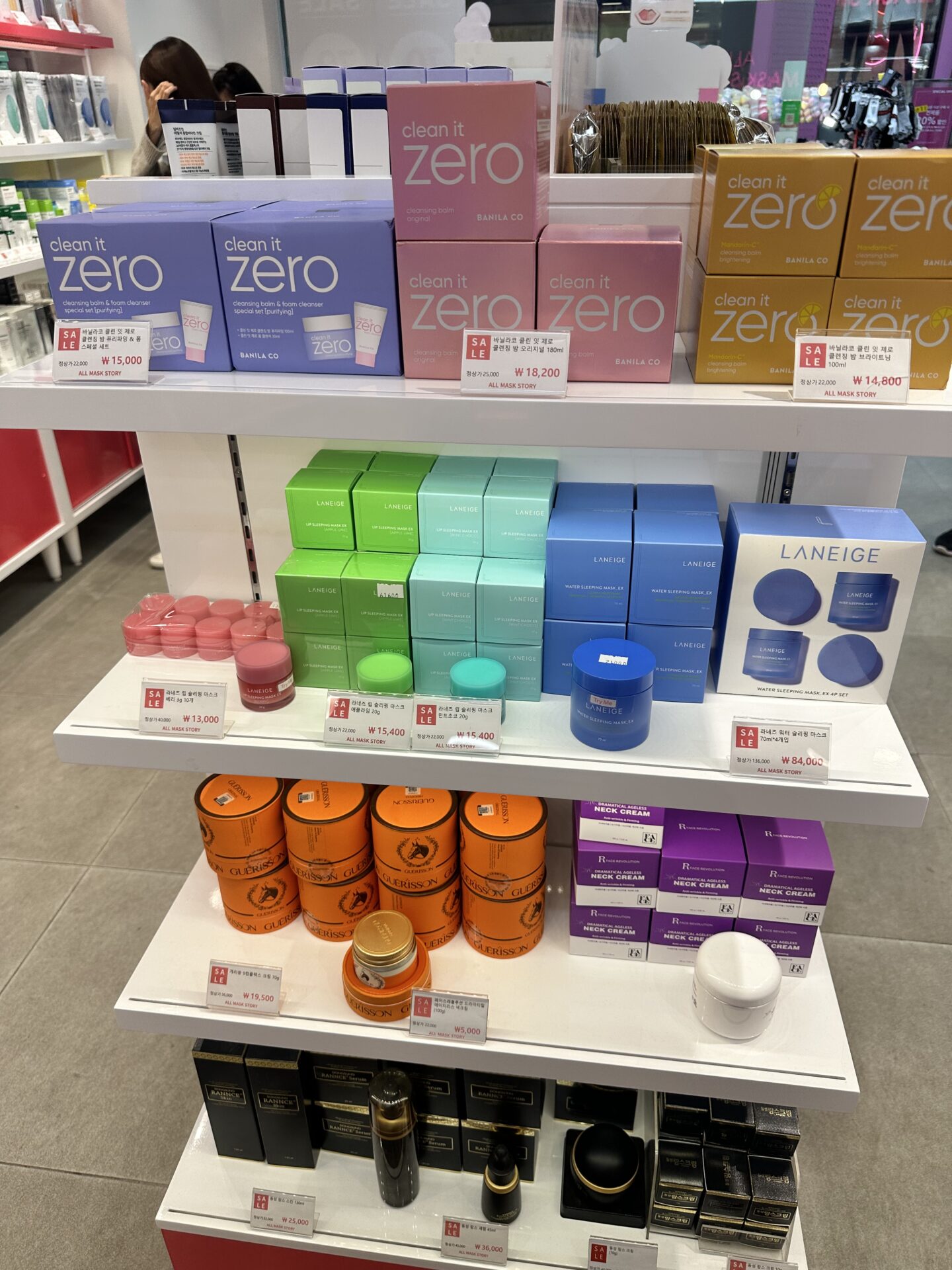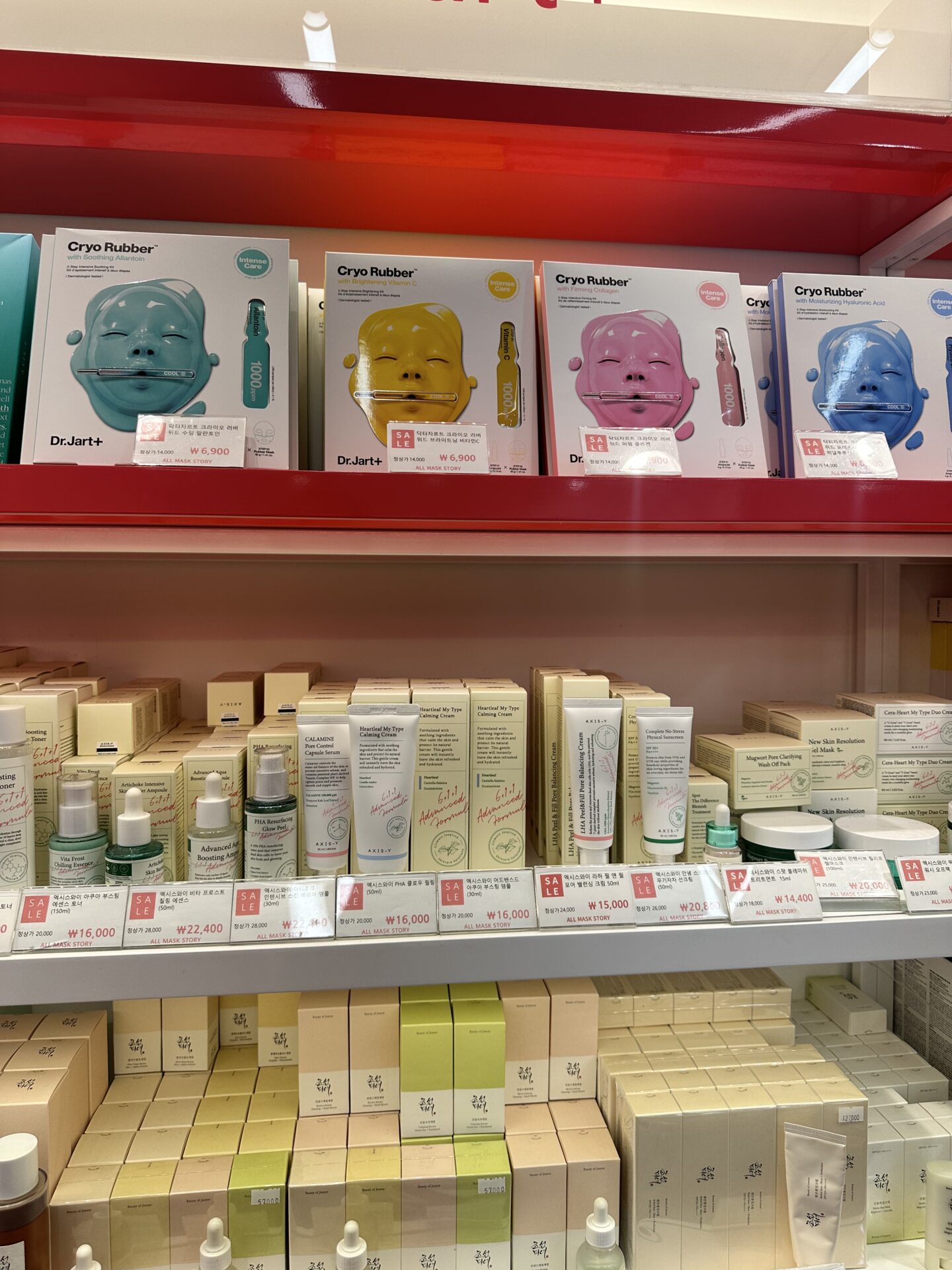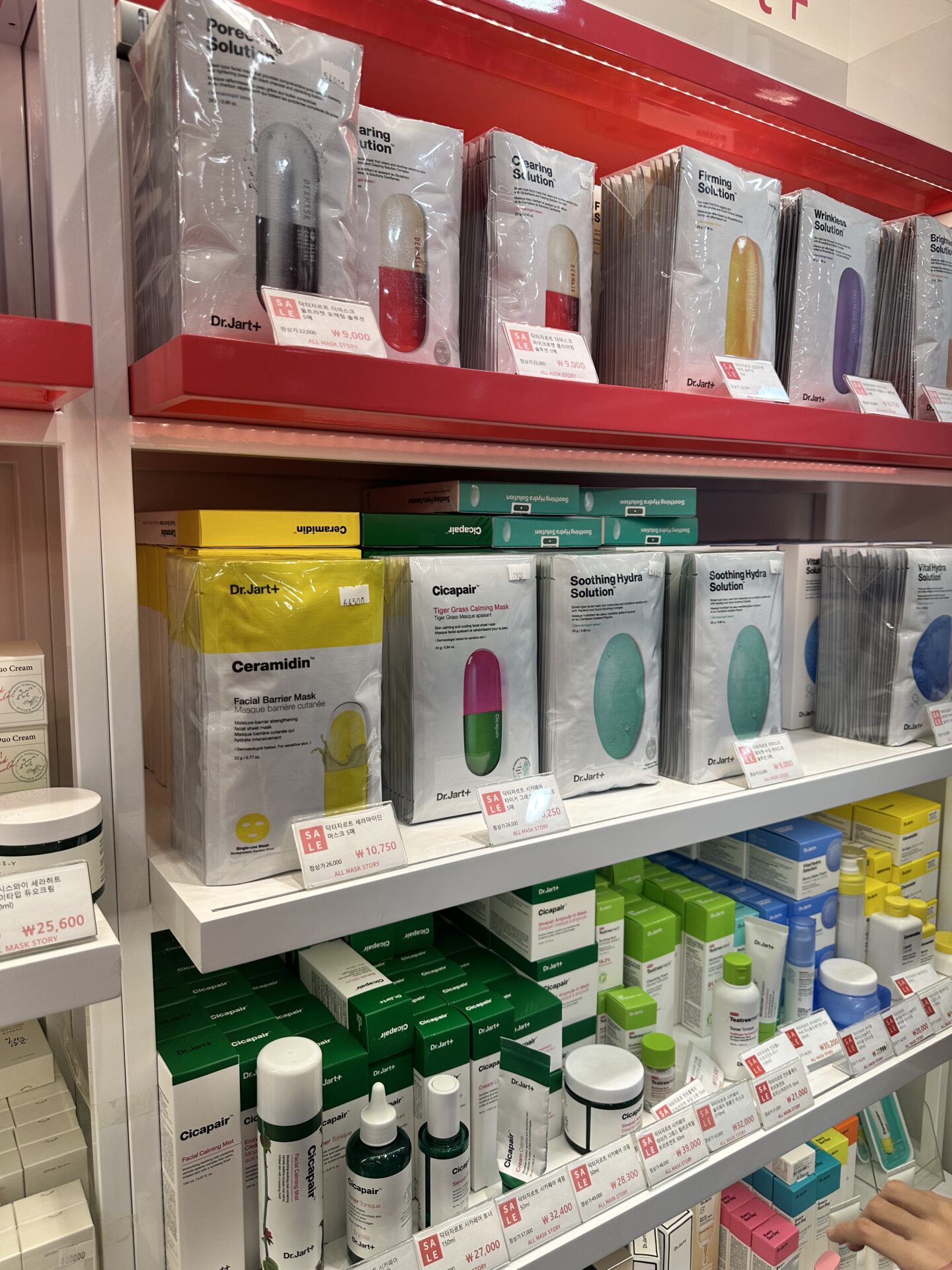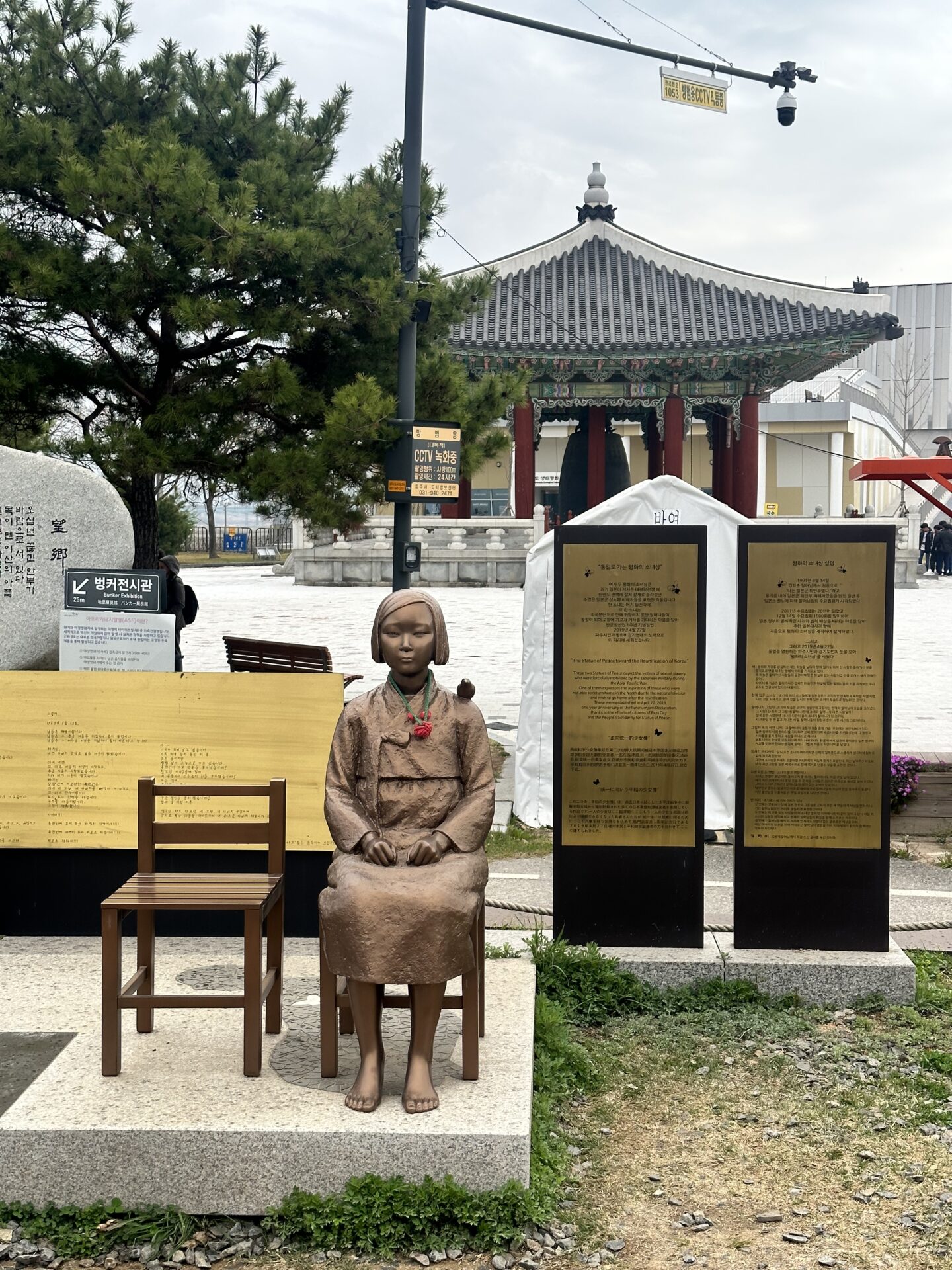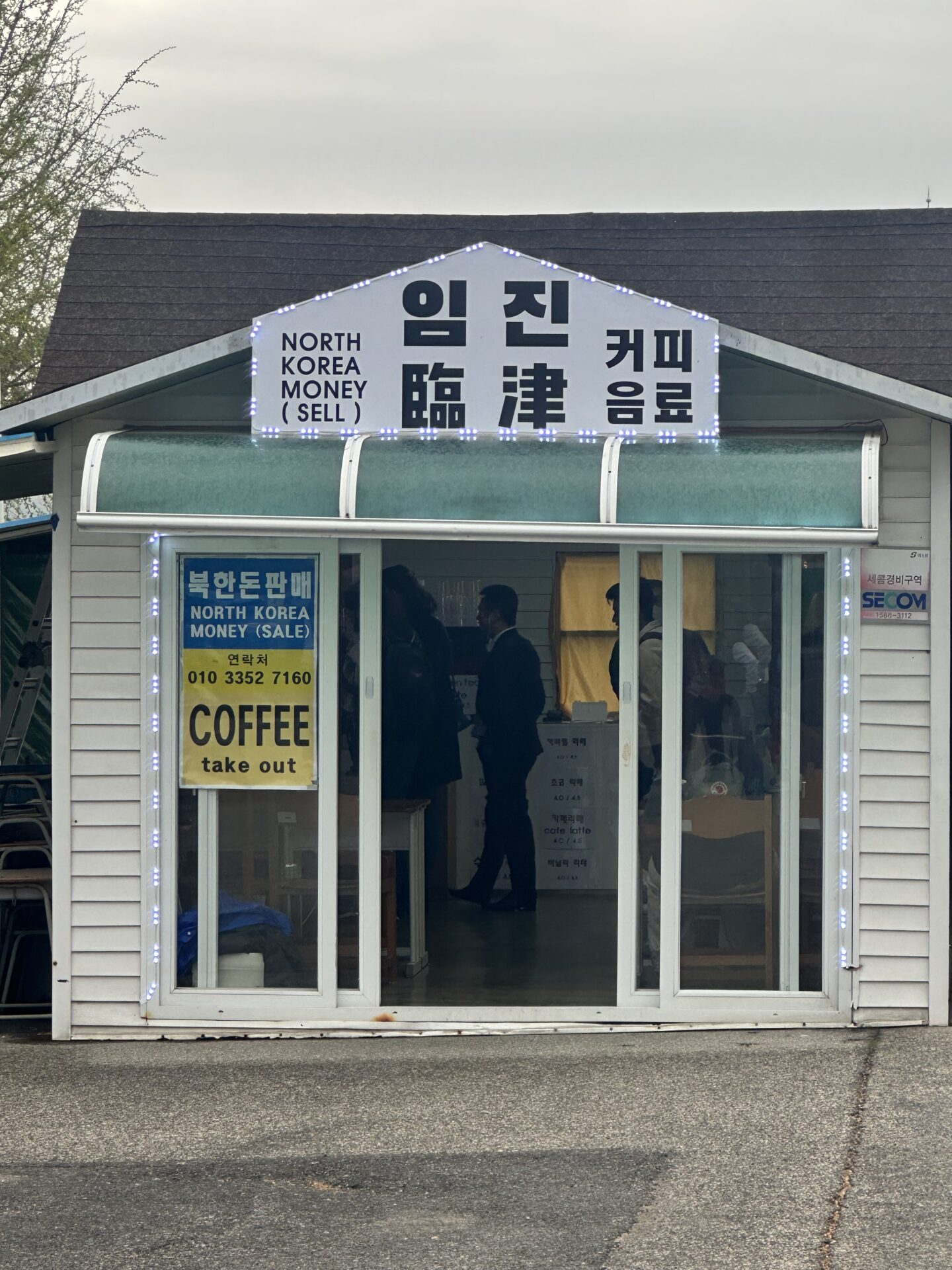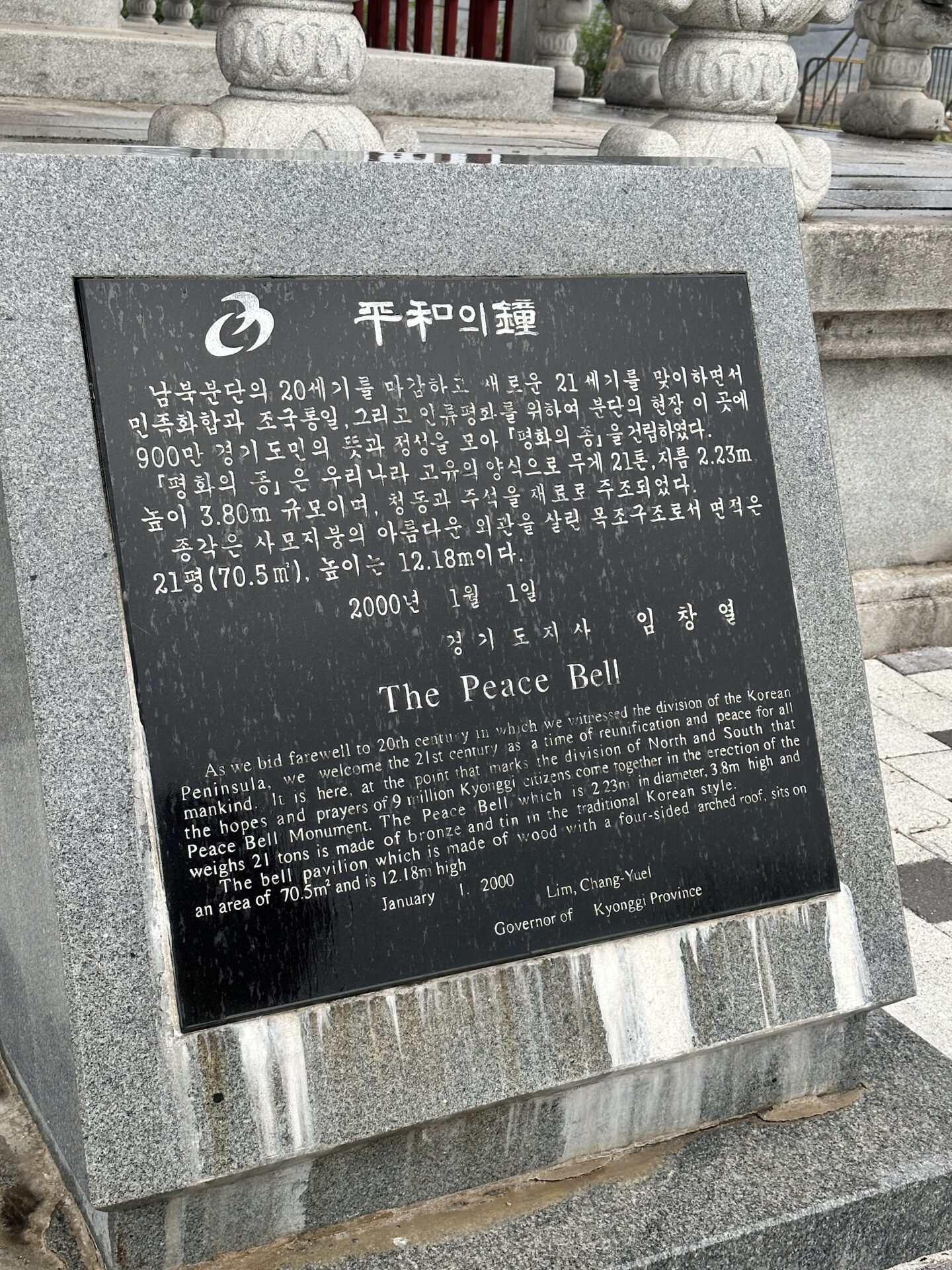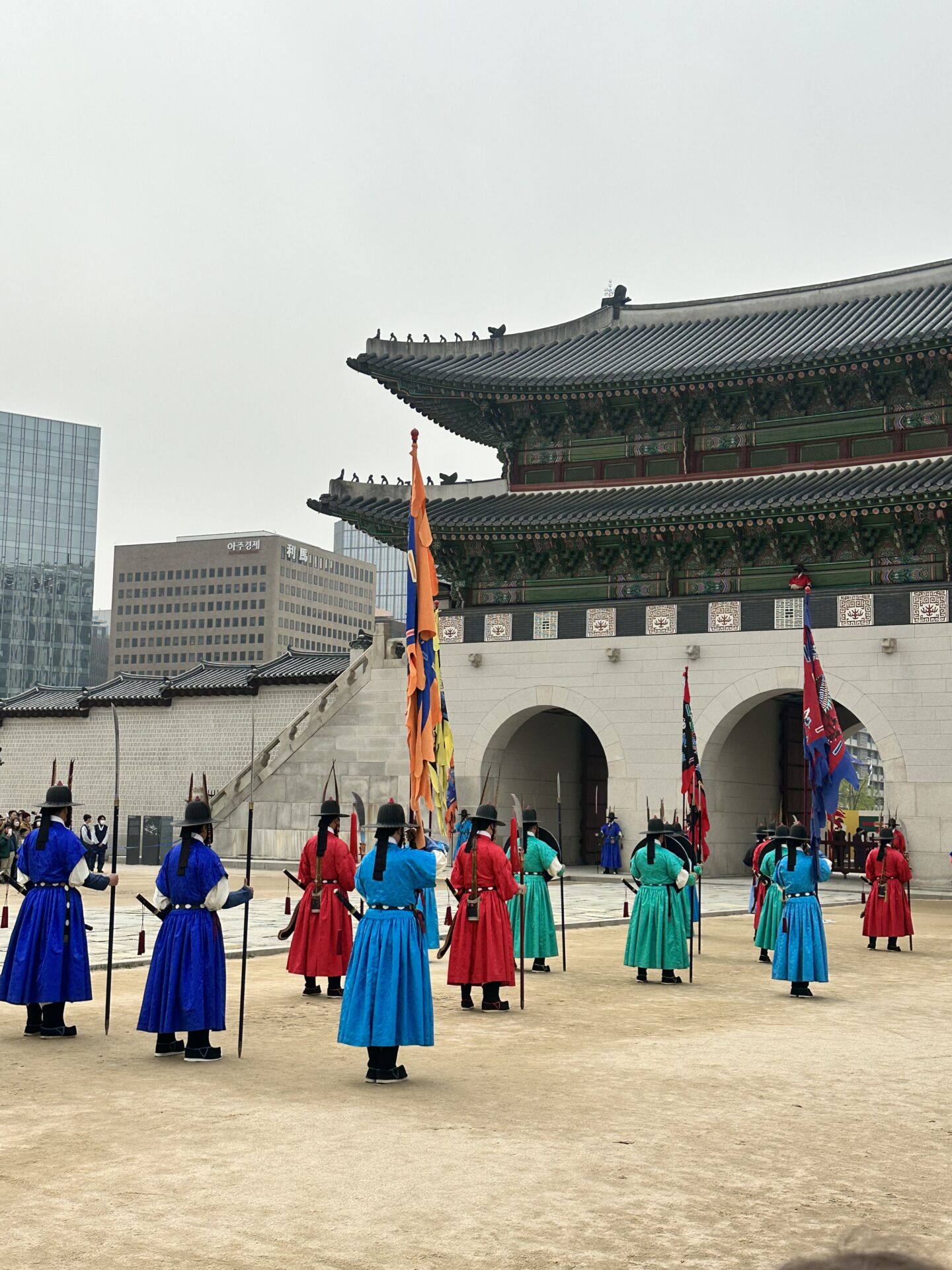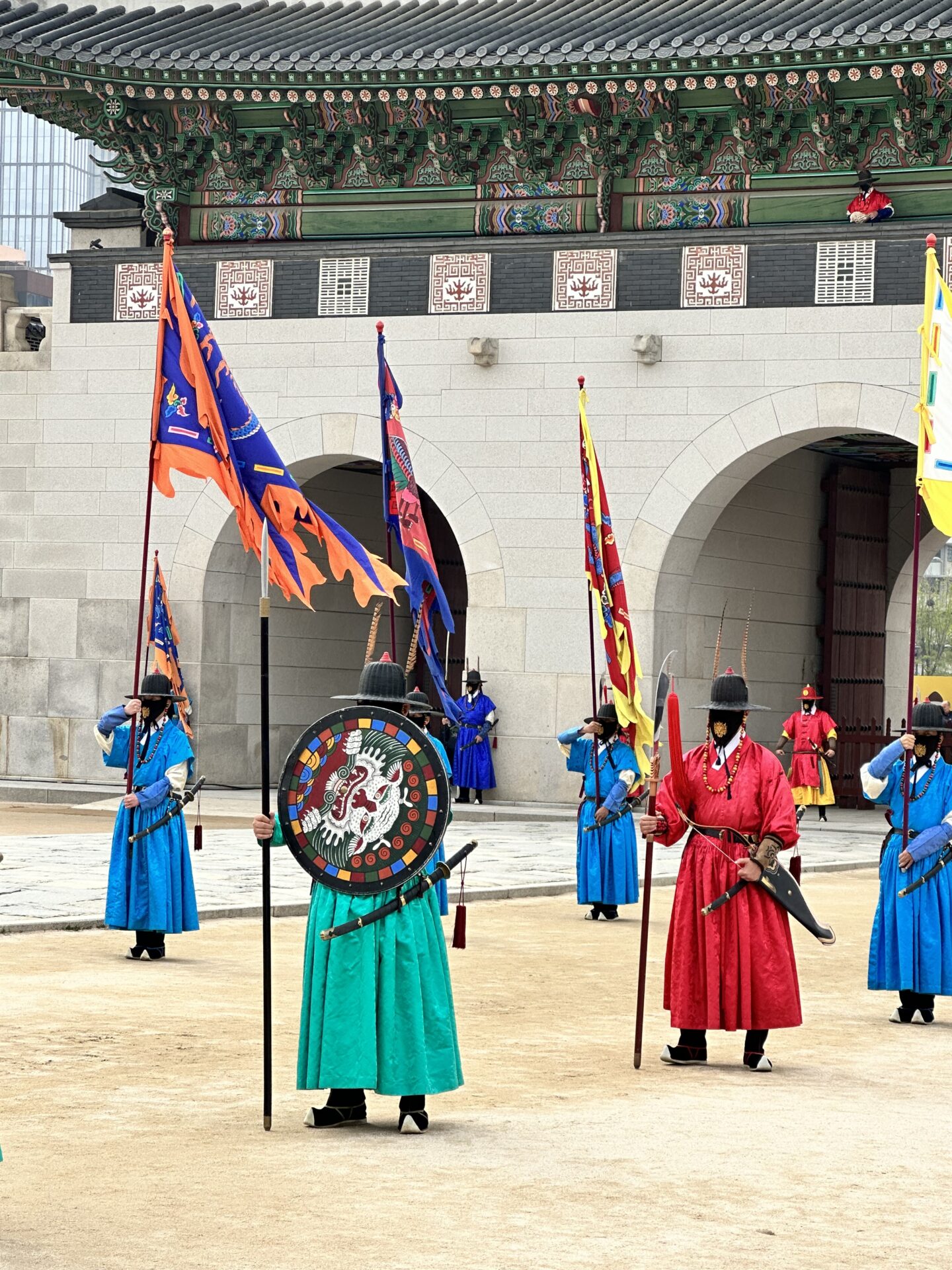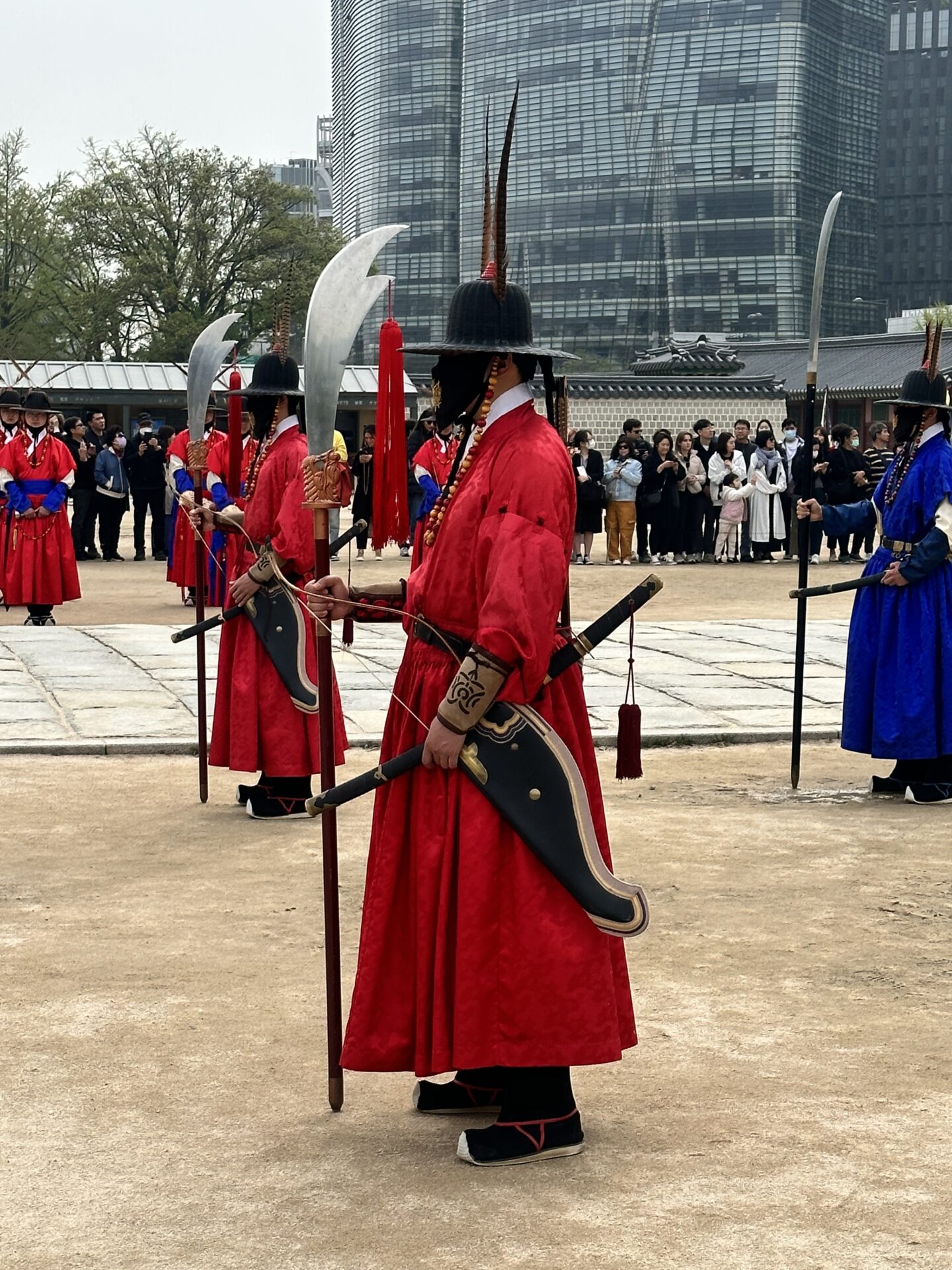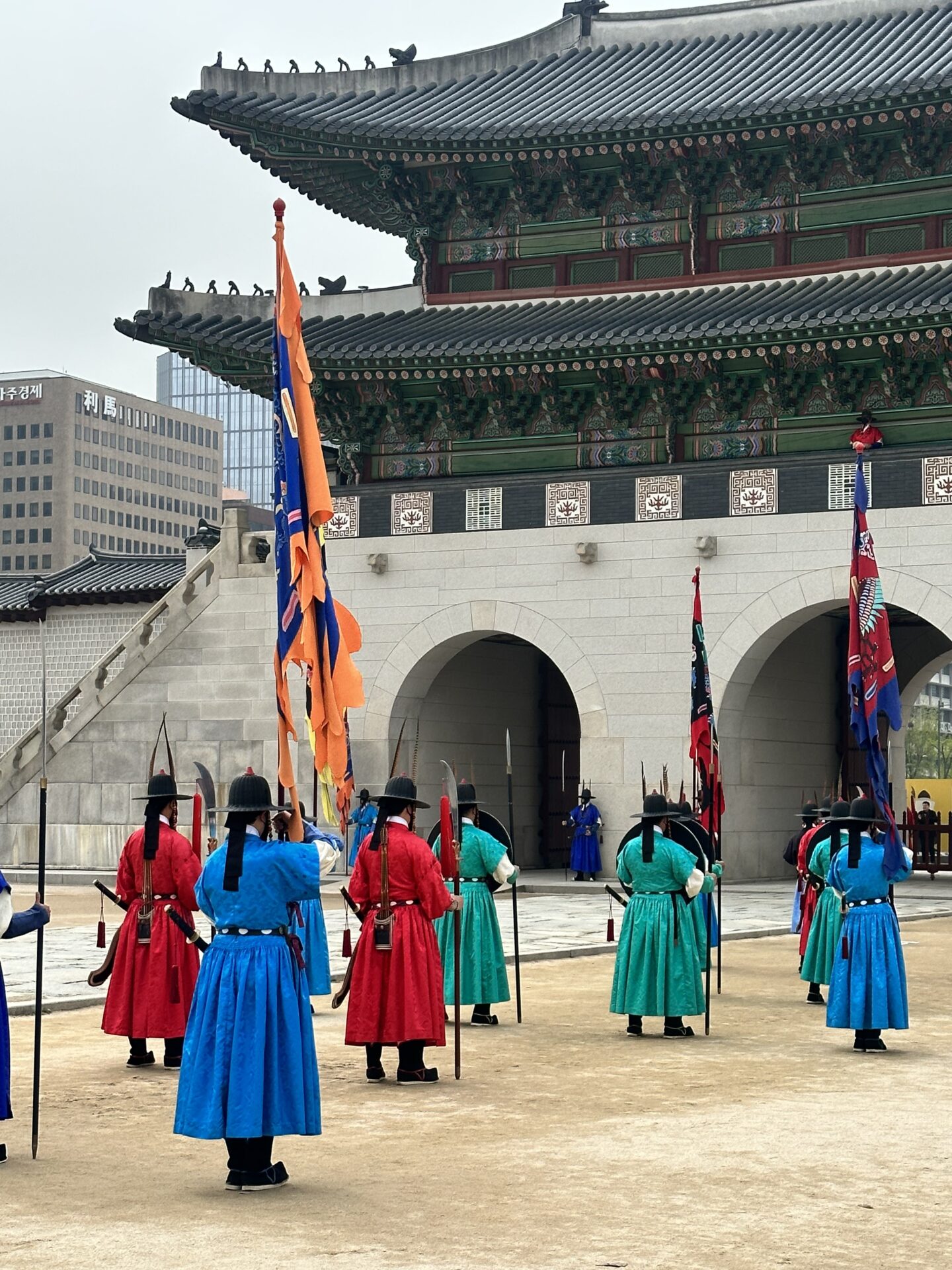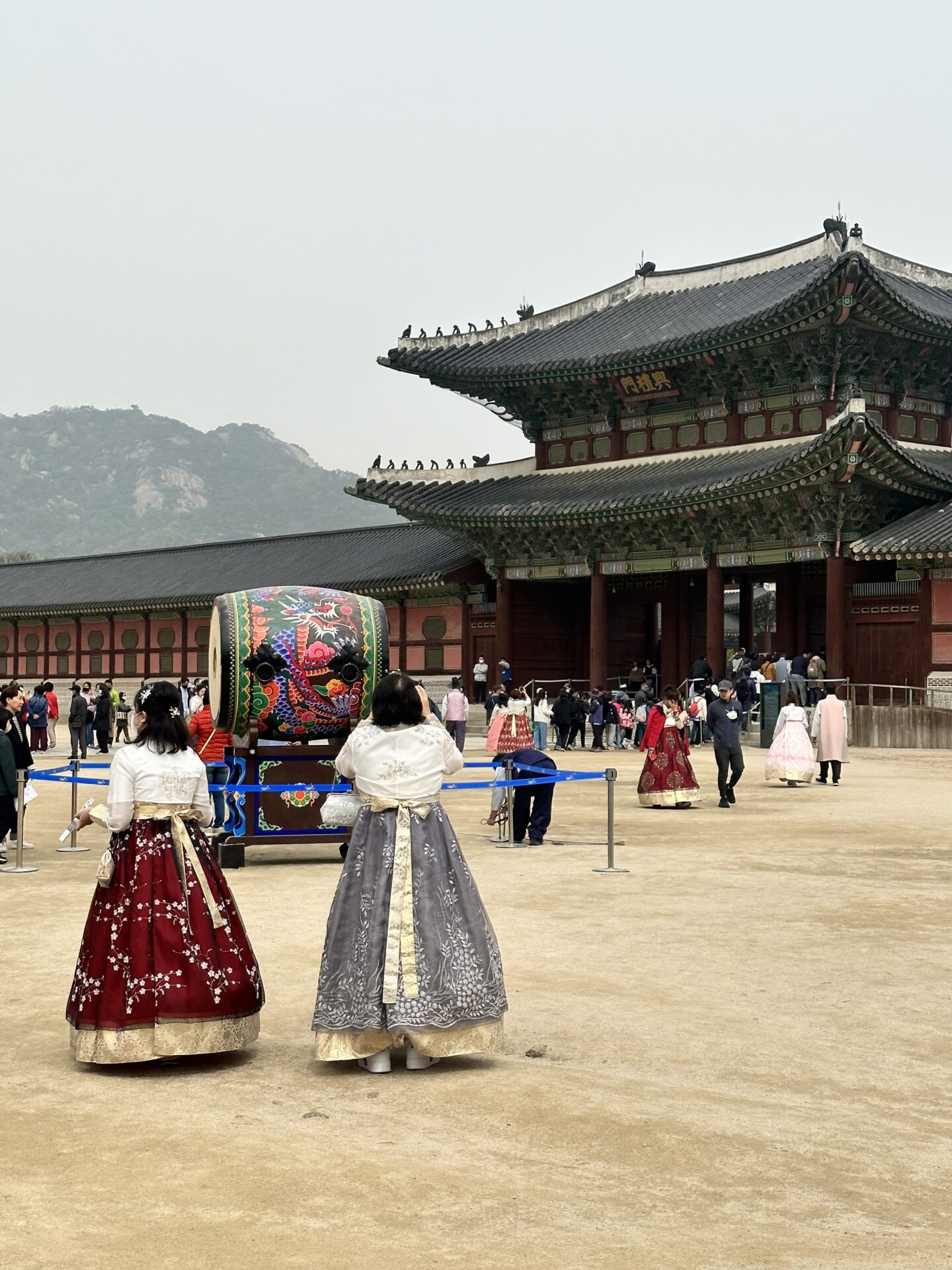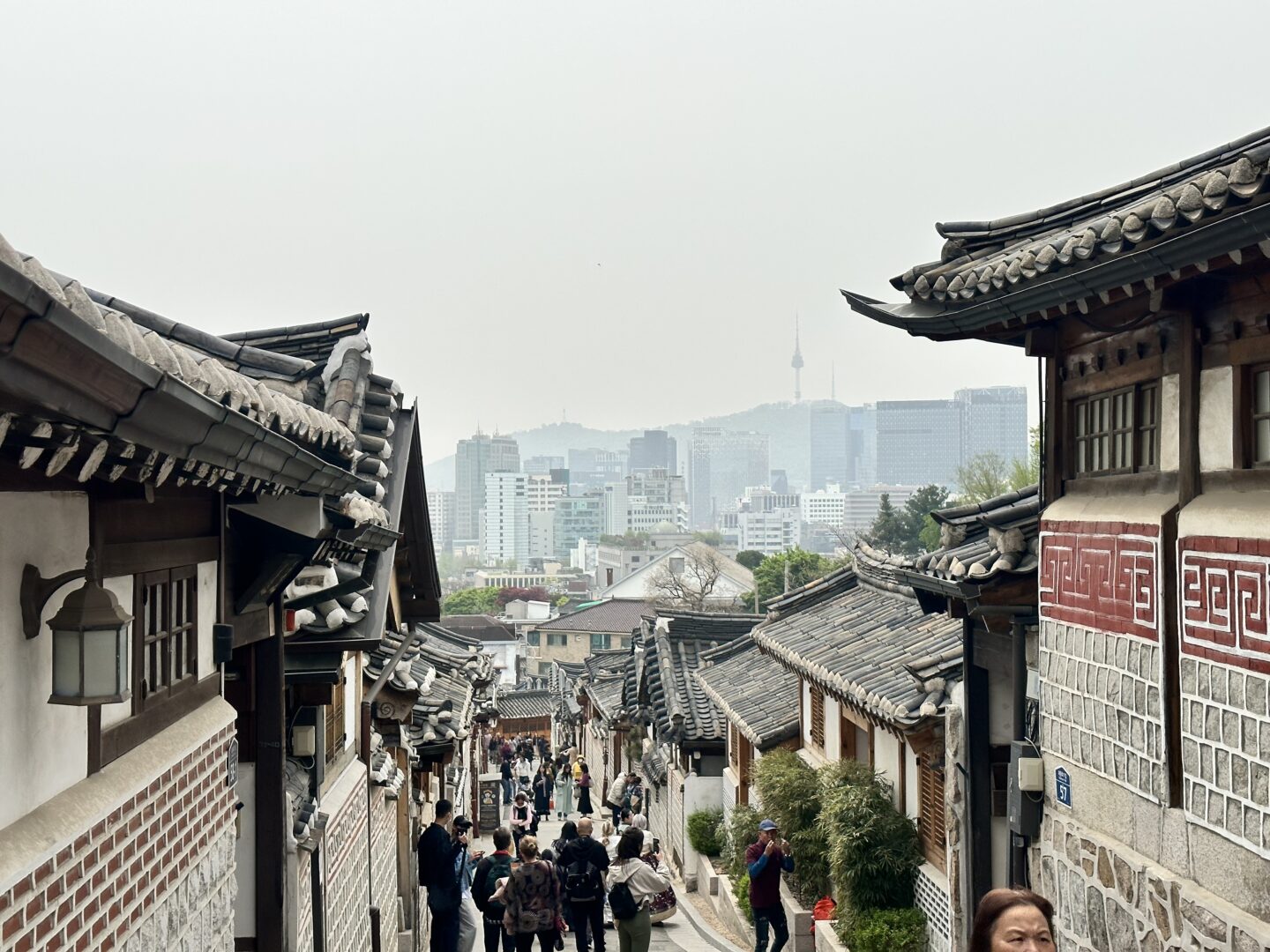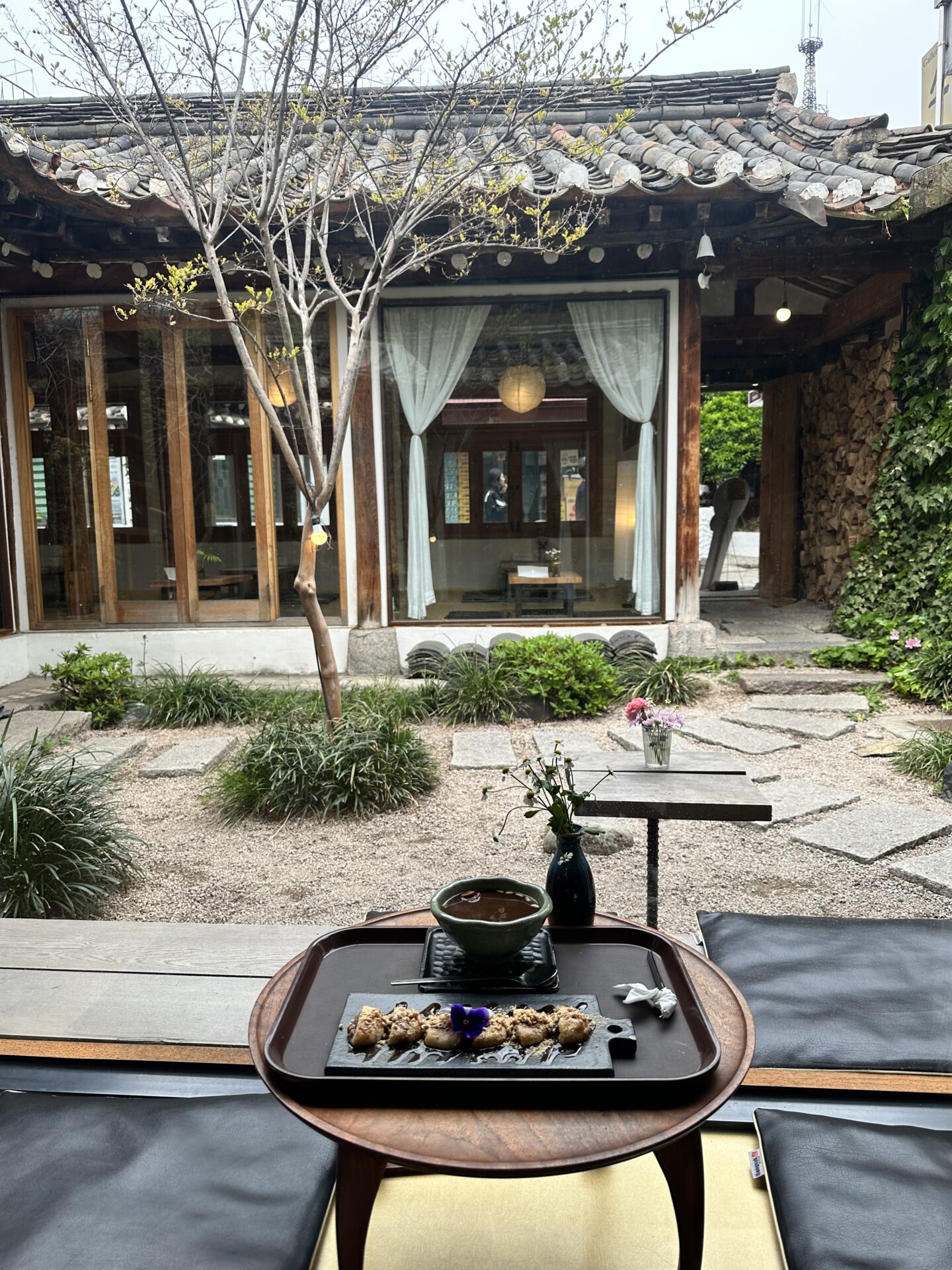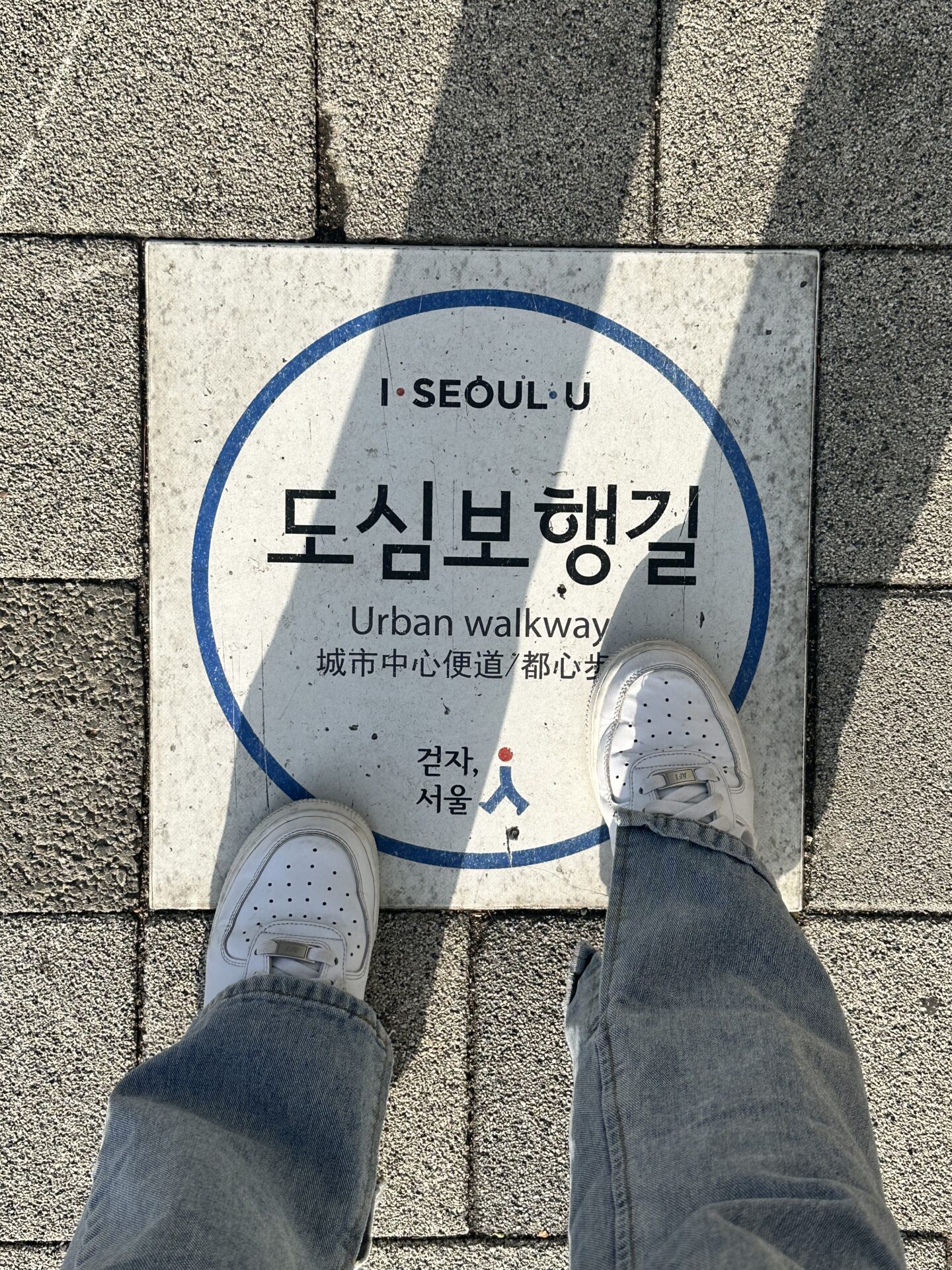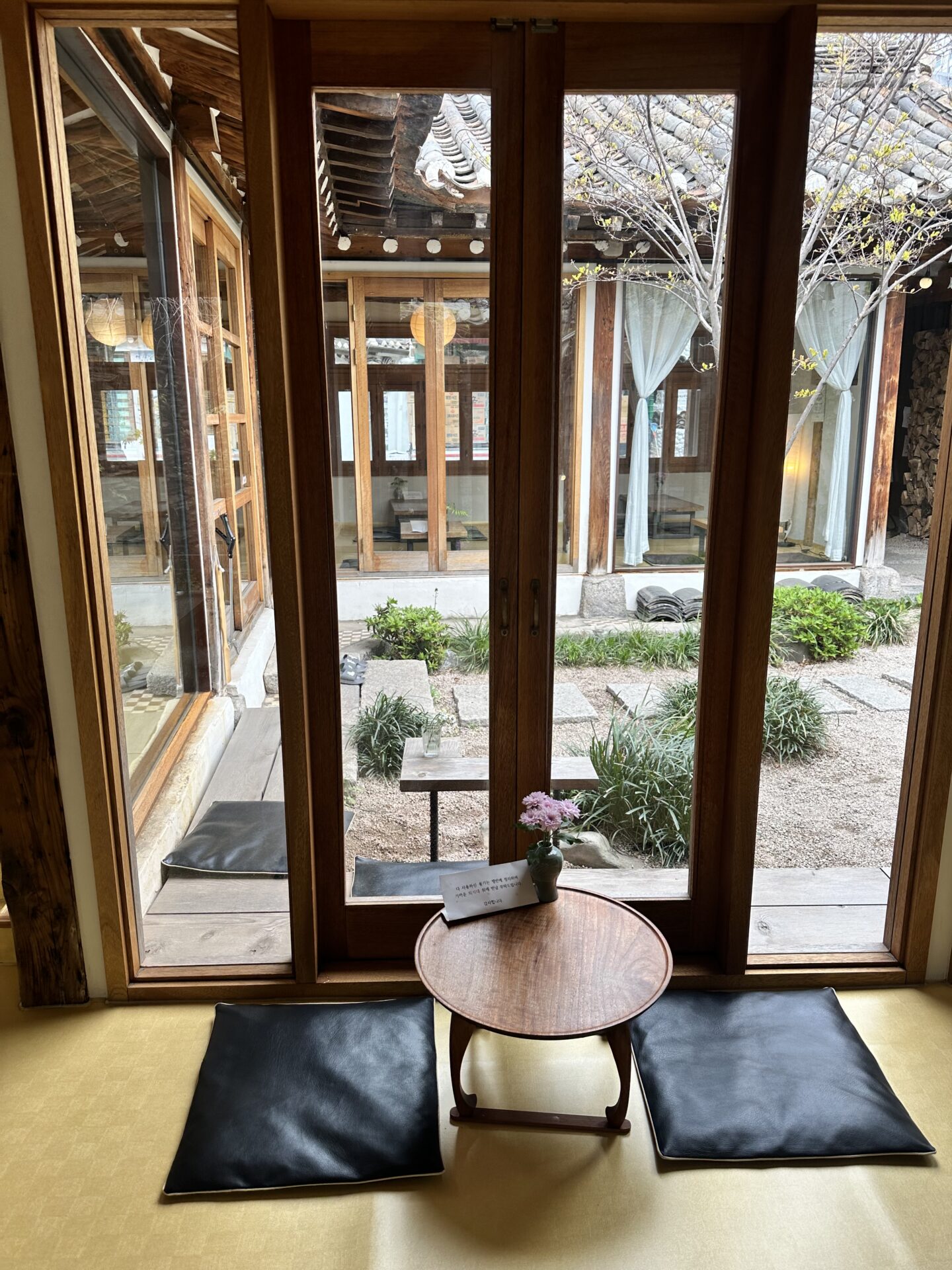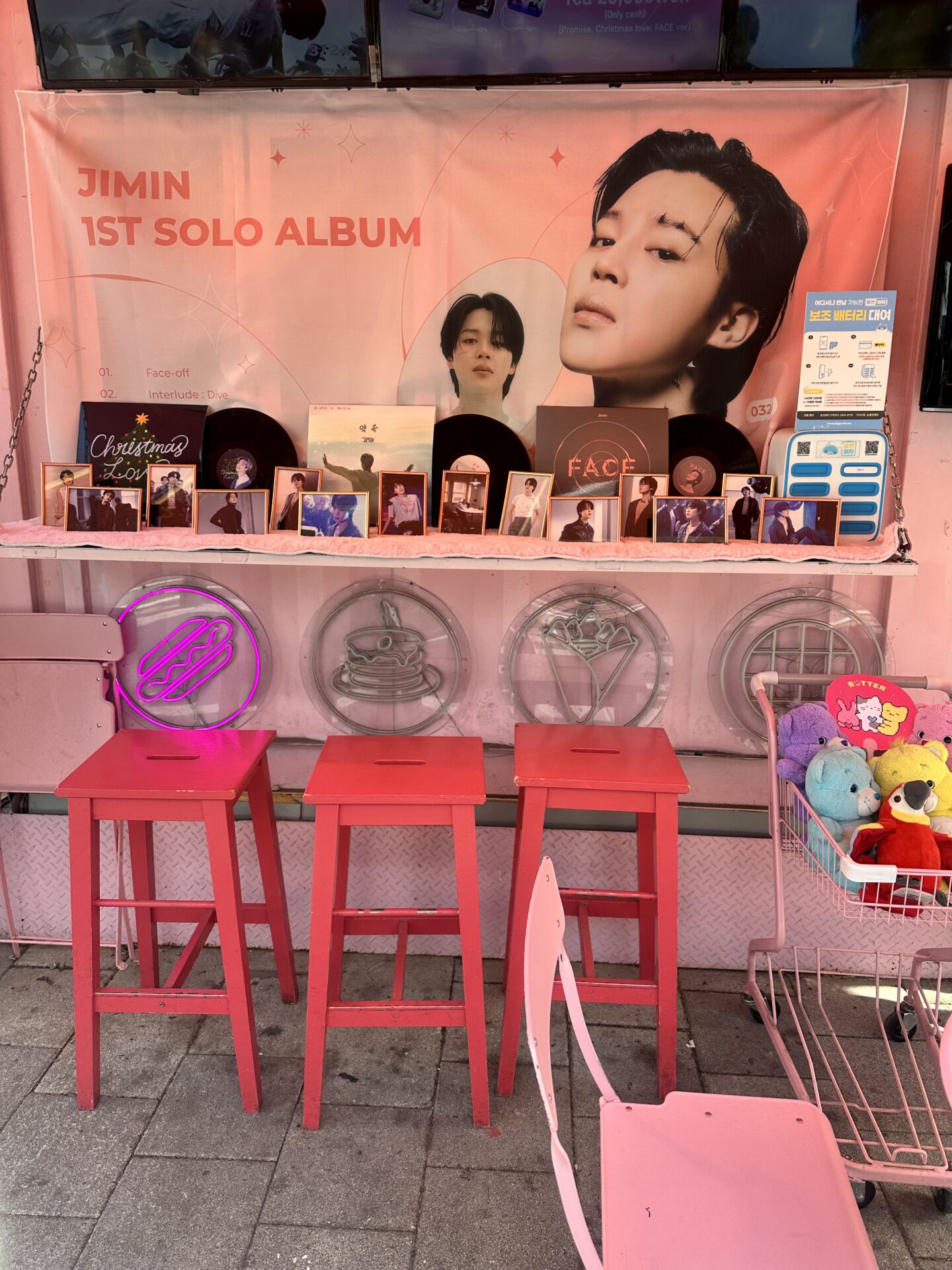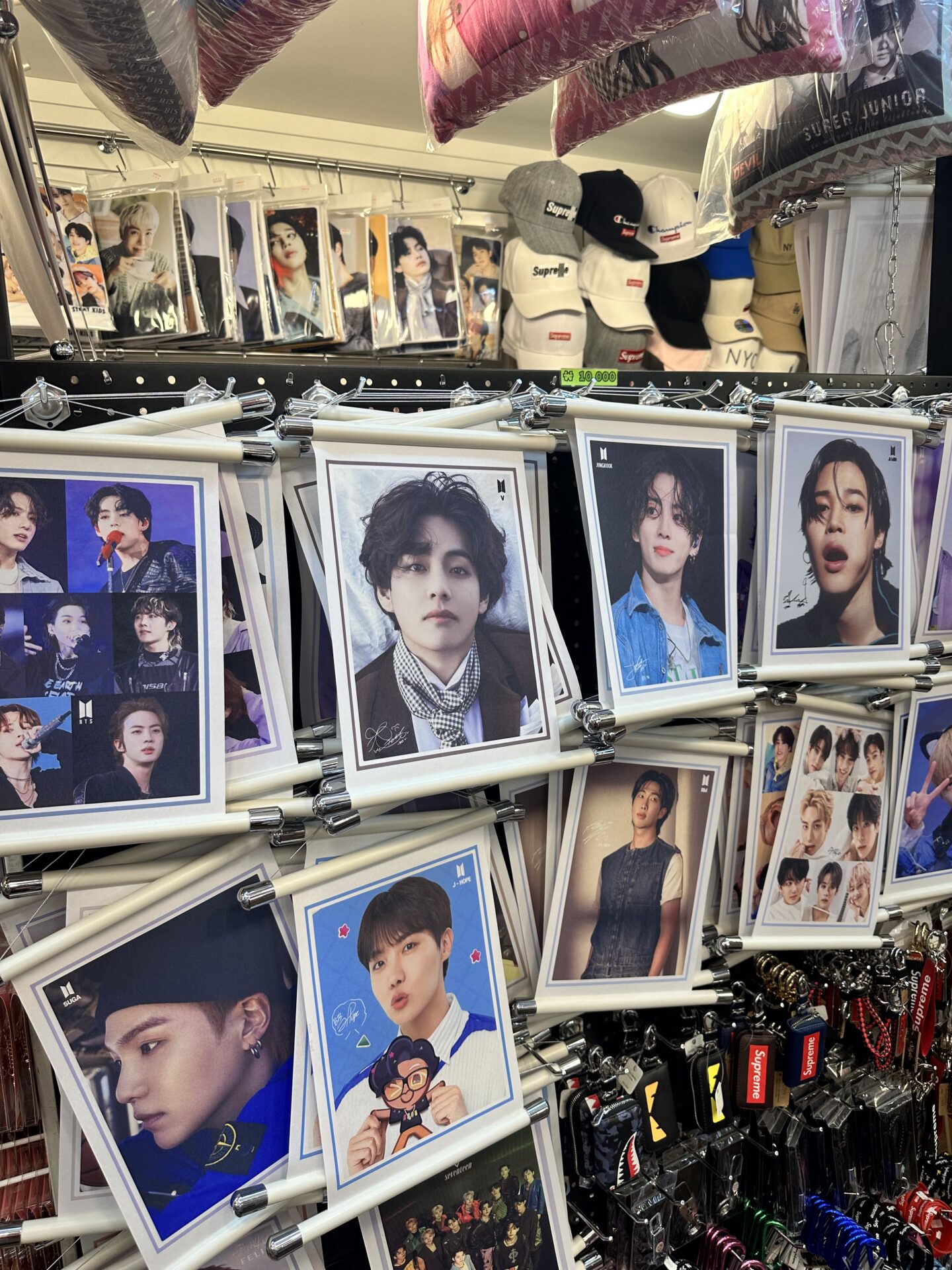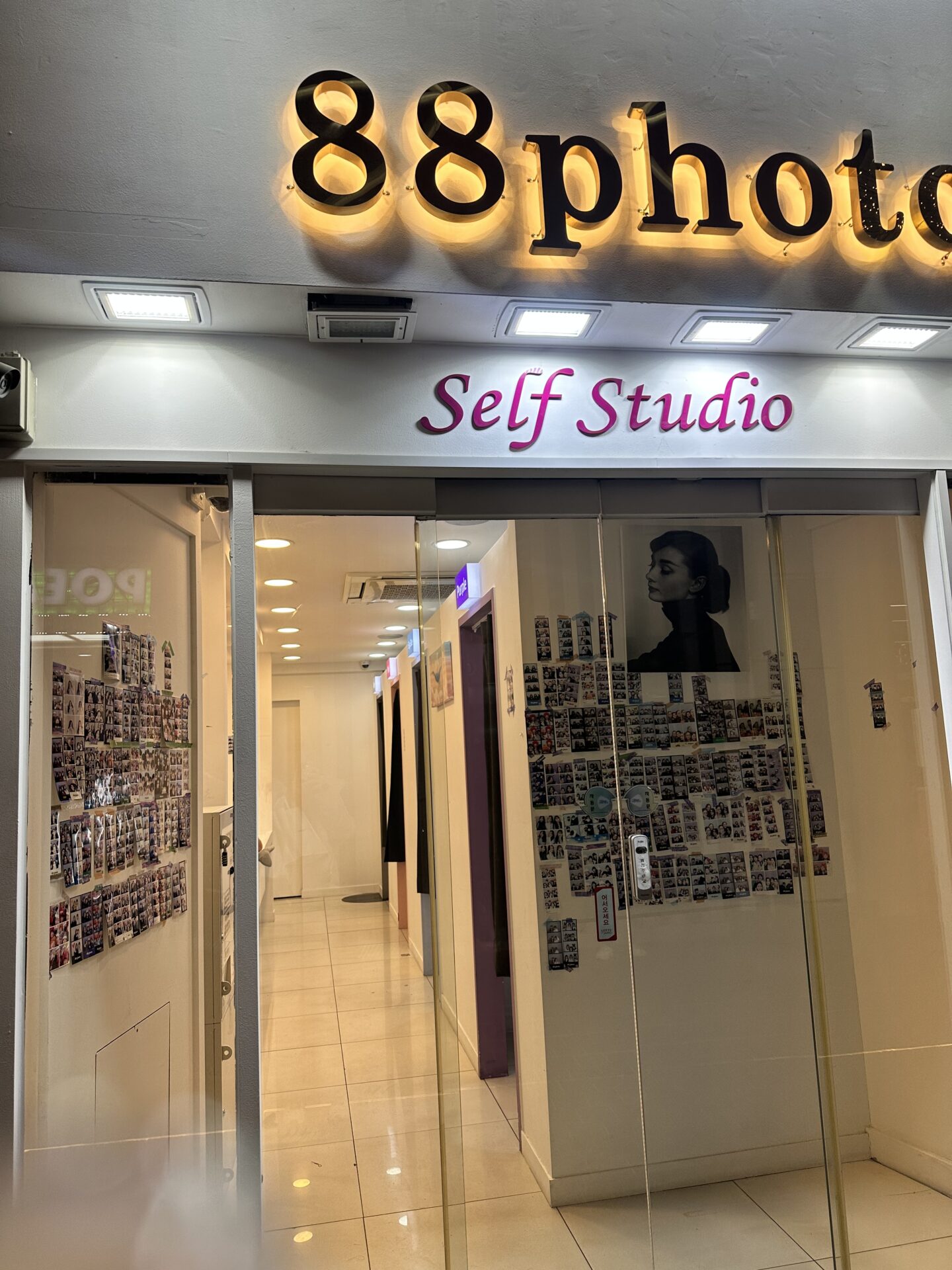I’ve always heard the most interesting stories about Japan and other Asian countries, and how different and unique they are compared to the Western world. Inspired by social media pictures of cherry blossom season, I decided to plan a spring trip to Japan and South Korea. Why South Korea? Well, I came across a travel itinerary from a Serbian travel agency that included a brief stop in South Korea. I thought it would be a great opportunity to visit another Asian country since I was already in that part of the world.
First, let’s talk about my flights. This year, I wanted to be more mindful of my finances, so I used my Delta points to book a round-trip ticket from LA to Tokyo. It cost me around 90k points for premium select seats. Looking back, I don’t think I got the best deal, as I later found out that United was offering a 70k round-trip ticket for business class. Nevertheless, I made the most of it. I also used some of my points (15k to be exact) to book a one-way ticket from Tokyo to Seoul. For the return trip, I booked a separate ticket from Seoul back to Tokyo for about $200. I arranged it so that I had a 2-3 hour layover at Tokyo’s HND airport before my flight to LAX. Everything worked out perfectly.
Now, let’s dive into my itinerary. I wanted to visit as many places as possible without changing hotels too frequently. Here’s how my itinerary looked:
- Day 1: Kyoto
- Day 2: Kyoto – Osaka – Kyoto
- Day 3: Tokyo
- Day 4: Tokyo
- Day 5: Tokyo
- Day 6: Tokyo
- Day 7: Tokyo
- Day 8: Seoul
- Day 9: Seoul
- Day 10: Seoul
- Day 11: Flight back to Tokyo, then flight to LAX
Here are some tips I learned during my trip:
- Decide which cities or places you want to visit based on your interests. Japan has so much to offer, from nature to traditional sites to vibrant city life. It’s impossible to see everything, so prioritize what appeals most to you. I opted for a blend of traditional and urban experiences, starting in Kyoto and then exploring the bustling cities of Tokyo and Osaka. Additionally, I dedicated a day to Disneyland as a devout Disney fan.
- Check the weather forecast and pack accordingly. Weather predictions in Japan are notably accurate, so it’s beneficial to know what lies ahead. I packed an umbrella since rain was forecasted, and surely, it rained. Also, prioritize wearing comfortable footwear as there will be significant walking involved. My daily step count averaged between 20-30k.
- Secure a JR Pass in advance. The JR Pass grants unlimited access to the majority of bullet trains, as well as several local trains and subways. If your itinerary includes a bullet train ride to Kyoto or Osaka at a minimum, this pass proves cost-effective since individual tickets can add up. I mainly relied on the JR Pass and only had to spend approximately $4-5 on supplementary subway fares. While seat reservations aren’t mandatory, non-reserved seating areas are available if that’s your preference.
- Record your journey on the Visit Japan website to speed up the security and customs processes. Post-registration, you’ll obtain two QR codes – one for immigration and the other for customs. It’s pertinent to mention that Japan no longer mandates a negative COVID test; however, your airline might (I uploaded my test outcome to Delta’s check-in portal).
- Carry sufficient cash and be poised to convert your currency to yen immediately upon arrival. Currency exchange ATMs are available, facilitating a conversion of your dollars into yen. Alternatively, a 7-Eleven located at the airport can enable cash withdrawals from your account.
- Minimize baggage by shopping in Japan. The range of purchasable items is vast, spanning from apparel and electronics to intriguing gadgets and cosmetics. Japan genuinely offers a plethora of options!
- Don’t neglect to pack melatonin or other sleep aid/jet lag solutions that suit you. For travelers like myself coming from California, brace yourself for a substantial time zone shift. Time change was 16 hours for me, prompting the use of melatonin during the initial days until I adapted.
Some extra tips to mention:
- Carry a portable Wi-Fi device or get a SIM card. Staying connected is crucial when you’re traveling, especially abroad. Internet access eases navigation and communication. Rent a portable Wi-Fi device at the airport or buy a SIM card from different providers. I chose a SIM card with unlimited data for my trip, and it worked flawlessly.
- Leverage technology for navigation and translation. Technology can be invaluable in Japan and South Korea. Download apps like Google Maps or Naver Maps for navigation, and use Google Translate or Naver Papago for translation. These tools enhance your travel experience.
- Explore local cuisine and try street food. Japan and South Korea have rich and diverse culinary traditions. Savor authentic dishes like sushi, ramen, takoyaki, and others. In Tokyo, I had an unforgettable meal at a traditional sushi restaurant in Tsukiji Fish Market. In Seoul, I relished Korean barbecue and sampled street food. Be adventurous in your culinary choices.
- Be respectful of local customs and etiquette. Familiarize yourself with local customs to show respect. In Japan, bowing is common, and you should remove your shoes when entering homes or certain establishments. In South Korea, use honorifics and accept items with both hands. Following these practices enriches your cultural experience.
- Mind your manners in public spaces. Both countries prioritize etiquette, especially in public. Keep your voice down and avoid phone conversations in crowded areas. In Japan, queue patiently and wait your turn. Being aware of these nuances helps you blend in.
- Observe photography rules and privacy. Be mindful of photography restrictions in cultural sites or museums. Always ask for permission before photographing individuals, particularly in private settings. Respecting rules and privacy is essential for ethical photography.
- Leave a positive impact through responsible tourism. Minimize your environmental impact and support local communities. Dispose of waste responsibly, recycle, and choose eco-friendly transport options like public transit or walking. Patronize local businesses to bolster the local economy.
As for my trip, this is how it went:
Upon landing in Tokyo, I was struck by culture shock. The airport and train stations were awash in unfamiliar sounds, and crowds moved in an organized fashion on the left-hand side. English was noticeably absent, and signs were exclusively in Japanese. My initial experience was overwhelming. If I had to encapsulate it in a single word, it would be ‘alien’ compared to my previous experiences.
From the airport, I took a bullet train directly to Kyoto, which wasn’t as luxurious as I had expected. In fact, Japan’s atmosphere was more understated than extravagant. The train journey lasted approximately 2.5 hours, and I arrived at Kyoto Station, which was as massive as Tokyo Central Station. My first dining experience was stressful, trying to read a menu entirely in Japanese and communicate with waitstaff who spoke no English. Thankfully, technology came to the rescue; my phone’s translation app helped enormously.
On my first day of sightseeing in Kyoto, I visited major shrines and was shocked by the sheer number of tourists. I began with Fushimi Inari Taisha, traversing the thousand gates and hiking to the top of Mount Inari. There, I learned about Shinto philosophy, Kami, and Torii gates. I then walked to Gion, the historic Geisha district. Although many tourists dressed as Geishas, I questioned the authenticity of the experience. I also attended a traditional Japanese tea ceremony in Gion, which profoundly changed my perspective on tea rituals.
I then took a short, 20-minute bullet train ride to Osaka for dinner, focusing mainly on Dotonbori’s bustling lights. I wish I could have dedicated more time to exploring Osaka. After dinner, I returned to Kyoto and my hotel.
The next day, I visited the Arashiyama Bamboo Forest and a nearby monkey park. Both were crowded, and jet lag made the experience less enjoyable. However, I appreciated the bamboo forest’s unique beauty and the chance to feed monkeys at the sanctuary.
Back in Tokyo, I was immediately struck by the city’s organized chaos. My hotel was in Akihabara, famous for electronics and anime. My explorations in Tokyo included a visit to the Imperial Palace and its gardens, followed by a stroll through Ginza, Tokyo’s fashion hub.
In the evening, I returned to Akihabara, immersing myself in tech shopping and video games. I was intrigued by the numerous “maid cafes,” but felt uneasy about visiting one alone.
The following day, I continued my Tokyo adventures, starting with Meiji Jingu and Yoyogi Park. Later, I explored Harajuku’s Kawaii culture and its unique fashion scene. I even visited a pig cafe, which was oddly relaxing. The day ended at the luxurious Park Hyatt Tokyo, where I enjoyed a cocktail while taking in the city’s breathtaking views.
The next day was reserved for Tokyo DisneySea, something I had been eagerly anticipating as a devoted Disney fan. Tokyo DisneySea is a unique theme park that offers a one-of-a-kind experience, dedicated to the wonders of the sea and its magic. In addition to the rides and attractions, Tokyo DisneySea offers a wide variety of dining options, including Japanese cuisine and Disney-themed snacks. One of the most impressive aspects of the park is its attention to detail. The park’s design is stunning, with seven themed “ports of call,” each offering a unique and immersive experience. From the Mediterranean Harbor to the American Waterfront, every themed area has something new and exciting to explore.
However, there wasn’t a priority or fast pass option to buy, so I found myself waiting in long lines for most of the rides. Fortunately, the single rider lines saved me time on a few occasions, allowing me to get on those rides more quickly.
On April 13, I woke up feeling exhausted. I had walked a lot during my visit to Tokyo, but it was completely worth it. Walking is an essential part of exploring the city, considering the abundance of things to see and experience. It’s important to wear comfortable shoes and dress appropriately for the unpredictable weather. Despite the physical demands, walking in Tokyo allowed me to fully immerse myself in the vibrant culture and unique atmosphere of the city, and I highly recommend it to other visitors. Feeling the need to recharge, I decided to visit a neighborhood onsen (hot spring).
In Japan, public baths or “onsen” are an important part of the culture. Women’s onsens are typically separated from men’s and are usually very clean and well-maintained. Visitors are expected to bathe completely naked, and it is customary to clean oneself thoroughly before entering the bath. While it may seem intimidating at first, visiting a Japanese public bath is a unique and relaxing experience that many travelers enjoy.
Visiting an Onsen in Tokyo was one of the most liberating experiences I’ve ever had. As a traveler, I’m always looking for new experiences and opportunities to learn about different cultures, and this was one of the best. The onsen was a peaceful and calming oasis in the midst of the bustling city, and it was the perfect place to relax and recharge. While I was initially hesitant about the idea of bathing completely naked in a public place, I quickly realized that it was a normal and accepted practice in Japan. It was a truly liberating to let go of my inhibitions and immerse myself fully in the culture. The water was hot and soothing, and I felt a sense of peace and tranquility that I had never experienced before. It was truly an amazing experience, and I would highly recommend it to anyone visiting Tokyo.
I continued my day shopping in Ginza, and started packing for the next chapter of my trip, which was Seoul, South Korea.
Embarking on a short flight from Tokyo to Seoul, I was astounded by the impeccable quality of the airplanes and the outstanding service provided throughout Asia, even in economy class. Opting for Korean Air, I must say that I was thoroughly impressed by my experience. From the pristine cleanliness of the aircraft to the comfortable and spacious seating arrangements, every detail was carefully attended to. What’s more, despite the brevity of the flight, we were treated to a full-size meal, truly surpassing my expectations.
Stepping off the plane at Seoul’s Incheon International Airport, I immediately noticed the stark contrast in navigational ease compared to Tokyo’s bustling airports. The signage was clear, making it a breeze to find my way around. Moreover, the airport staff’s command of English surpassed that of their Japanese counterparts, enabling seamless communication and assistance.
Originally planning to hail a taxi to my hotel, I encountered a group of incredibly helpful airport staff who urged me to consider an alternative mode of transportation: the subway. After hearing their persuasive arguments and realizing that the subway would take just as much time as a taxi, I decided to give it a try. To my delight, they kindly guided me through the process of purchasing a subway pass and provided clear directions to my destination.
The area where my hotel was located was Myeong-dong, which is a popular area to stay in Seoul due to its central location and vibrant atmosphere. It’s known for its shopping, street food, and nightlife, making it a great place to experience Korean culture. The area is also well-connected to public transportation, with multiple subway lines and bus routes running through it.
I loved staying there because of the abundance of cosmetic stores and beauty shopping. There seemed to be endless options for skincare and makeup products, and the staff at each store were so helpful and knowledgeable. It was a beauty lover’s paradise! I ended up buying so many products to bring back home with me; the only thing I regret was not buying more due to their very affordable prices.
Another thing I was impressed with was the street food. There were so many different options to choose from, all of which were delicious and affordable. Some of my favorites included Korean-style fried chicken, tteokbokki (spicy rice cakes), and hotteok (sweet pancakes filled with cinnamon and brown sugar). I also tried some more unique dishes, such as myeongran jeon (pancakes made with ground mung beans) and soondae (Korean blood sausage). Overall, the street food in Seoul was a highlight of my trip and I enjoyed the food options way more than in Japan.
My second day was booked for the DMZ, or Demilitarized Zone, which is a strip of land that serves as a buffer zone between North and South Korea. It is approximately 160 miles long and 2.5 miles wide, and is one of the most heavily fortified borders in the world. The DMZ was established in 1953 as part of the armistice agreement that ended the Korean War, and is now a popular tourist destination.
Visiting the DMZ was one of the most unforgettable experiences I had during my trip to South Korea. The tour gave me a glimpse of the tense and fragile relationship between North and South Korea. I was able to see the heavily fortified border up close and even step foot into North Korean territory by entering one of the blue buildings on the border. Our tour guide was incredibly knowledgeable and provided us with a wealth of information about the history of the DMZ and the ongoing efforts to establish peace on the Korean peninsula. It was an eye-opening experience, and I definitely recommend it not just to those interested in history and geopolitics, but to anyone visiting or staying in Seoul.
My last day in Seoul, I did a lot of sightseeing. I started my tour by visiting Seoul Imperial Palace, a beautiful and historic landmark in the heart of the city, where I was fortunate to experience the royal guard change ceremony, a traditional event that takes place several times a day.
During the ceremony, costumed guards perform a choreographed routine that has been passed down for centuries. It was a mesmerizing experience and a must-see for anyone visiting Seoul.
Afterward, I went to Bukchon Hanok Village, where I wandered through its narrow alleys lined with traditional Korean houses. I marveled at the beautiful architecture and vibrant culture of this well-preserved historic village. Later, I took some time to relax and reflect in a traditional Korean teahouse, where I enjoyed a warm cup of tea and some Korean snacks.
All in all, my trip to Seoul was incredibly enriching and fulfilling. I left with a deeper appreciation for the history and culture of South Korea, and with a newfound love for the country’s delicious cuisine.
Reflecting on my trip back home, I realized that my time in Tokyo and Seoul had a profound impact on my life. It was an experience I will cherish for the rest of my life, and I am incredibly grateful for the opportunity to explore and immerse myself in the rich history, culture, and natural beauty of these two amazing cities. I would love to return and explore more of what these incredible countries have to offer, and I am eager to share my experiences and newfound knowledge with my friends and family.
One thing that stood out to me the most during my trip was the emphasis on beauty and appearance in South Korea. From the sheer number of cosmetic surgery clinics to the pervasive culture of makeup and skincare, beauty seemed to be a national obsession. While this was certainly fascinating, it also raised some questions about societal beauty standards and their impact on people, particularly young women. This, however, didn’t dampen my overall experience. I had a wonderful time exploring the history, culture, and beauty of Tokyo and Seoul, and I am grateful for the amazing experiences I had and the people I met during my travels.
